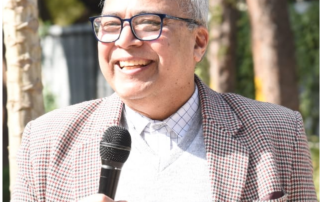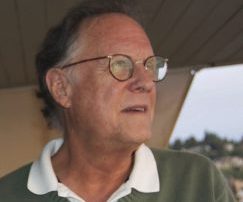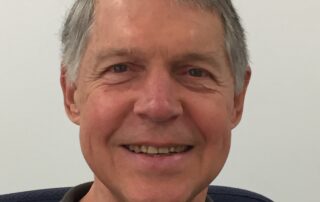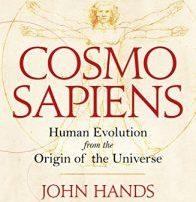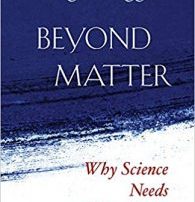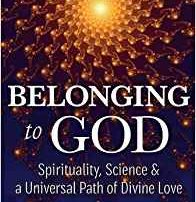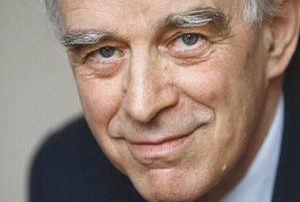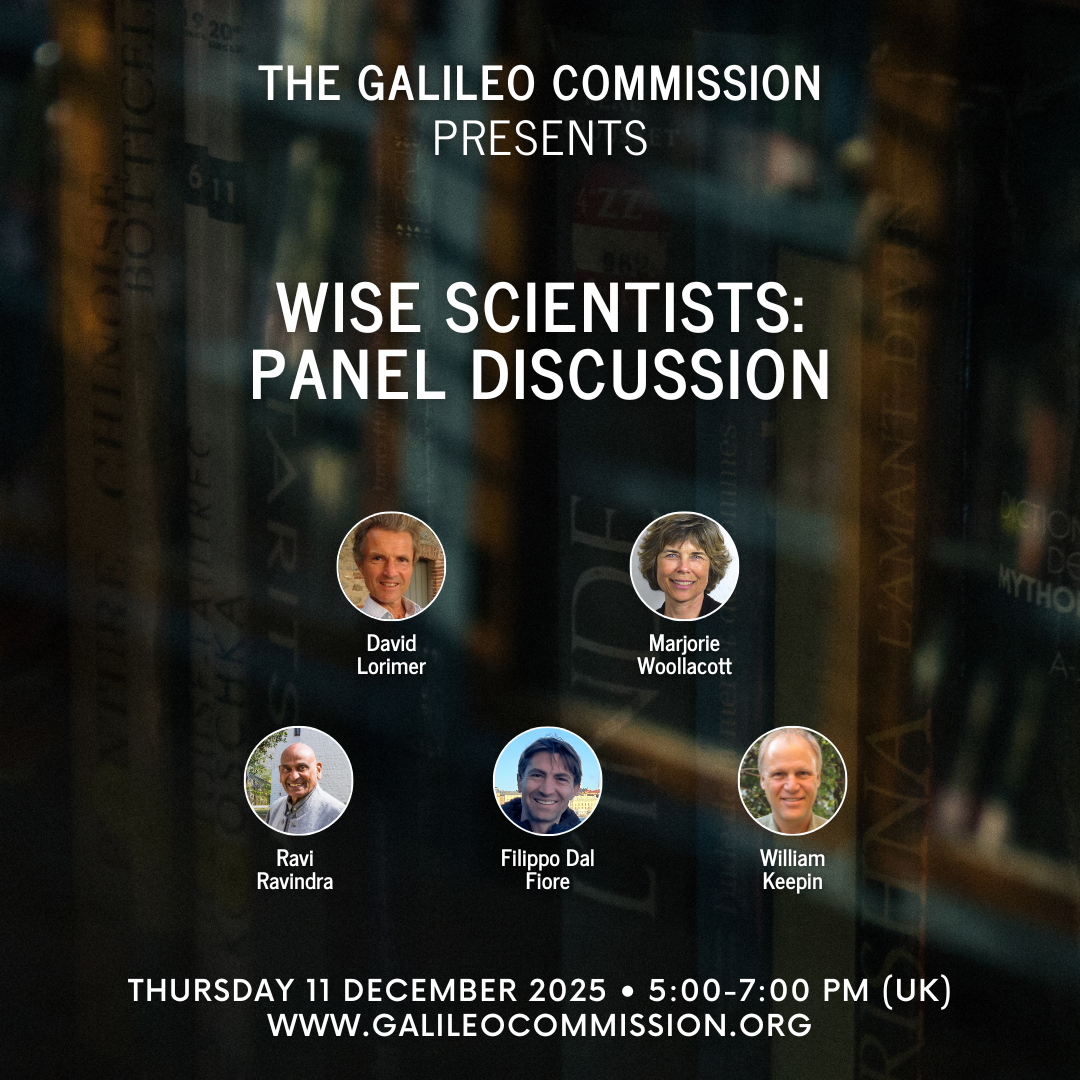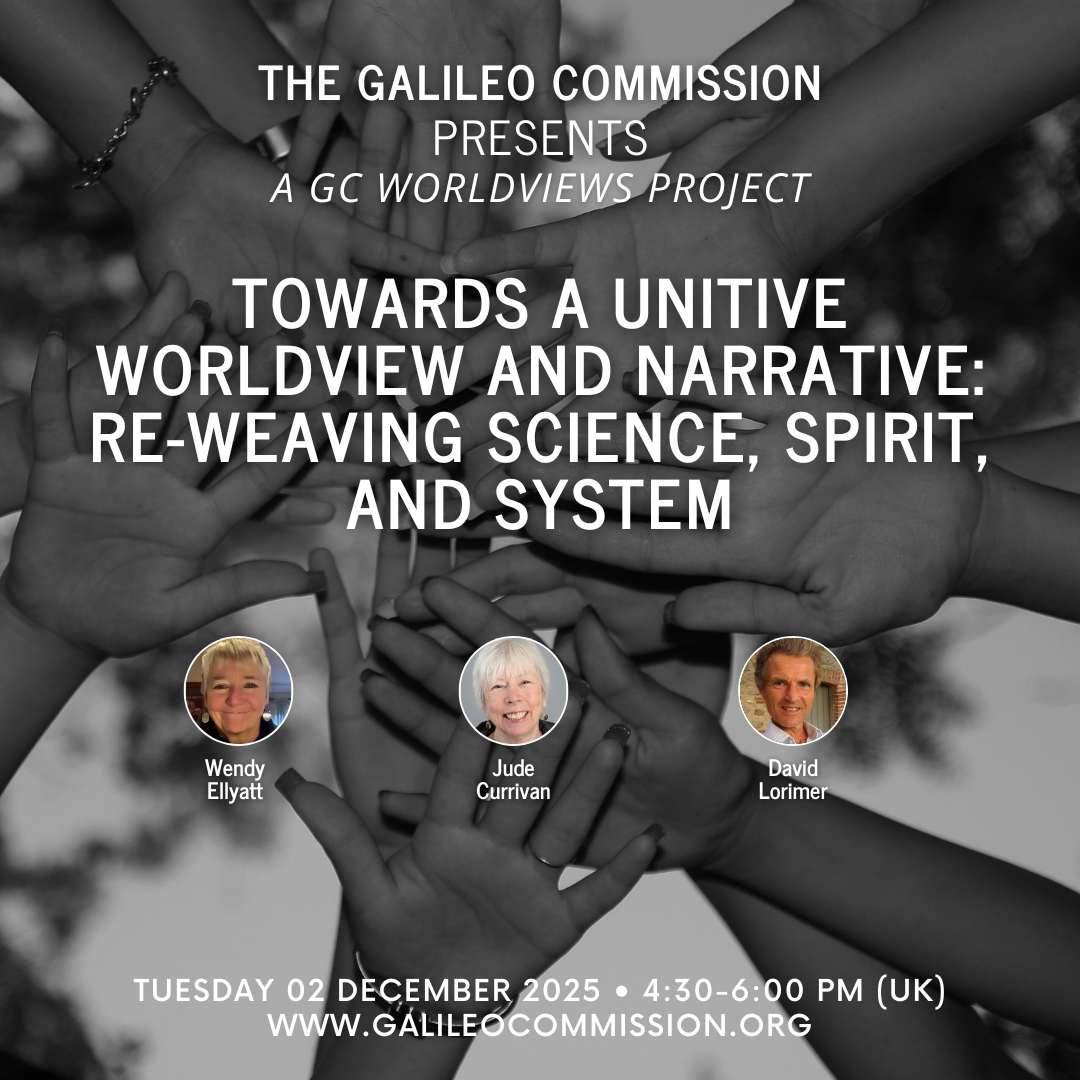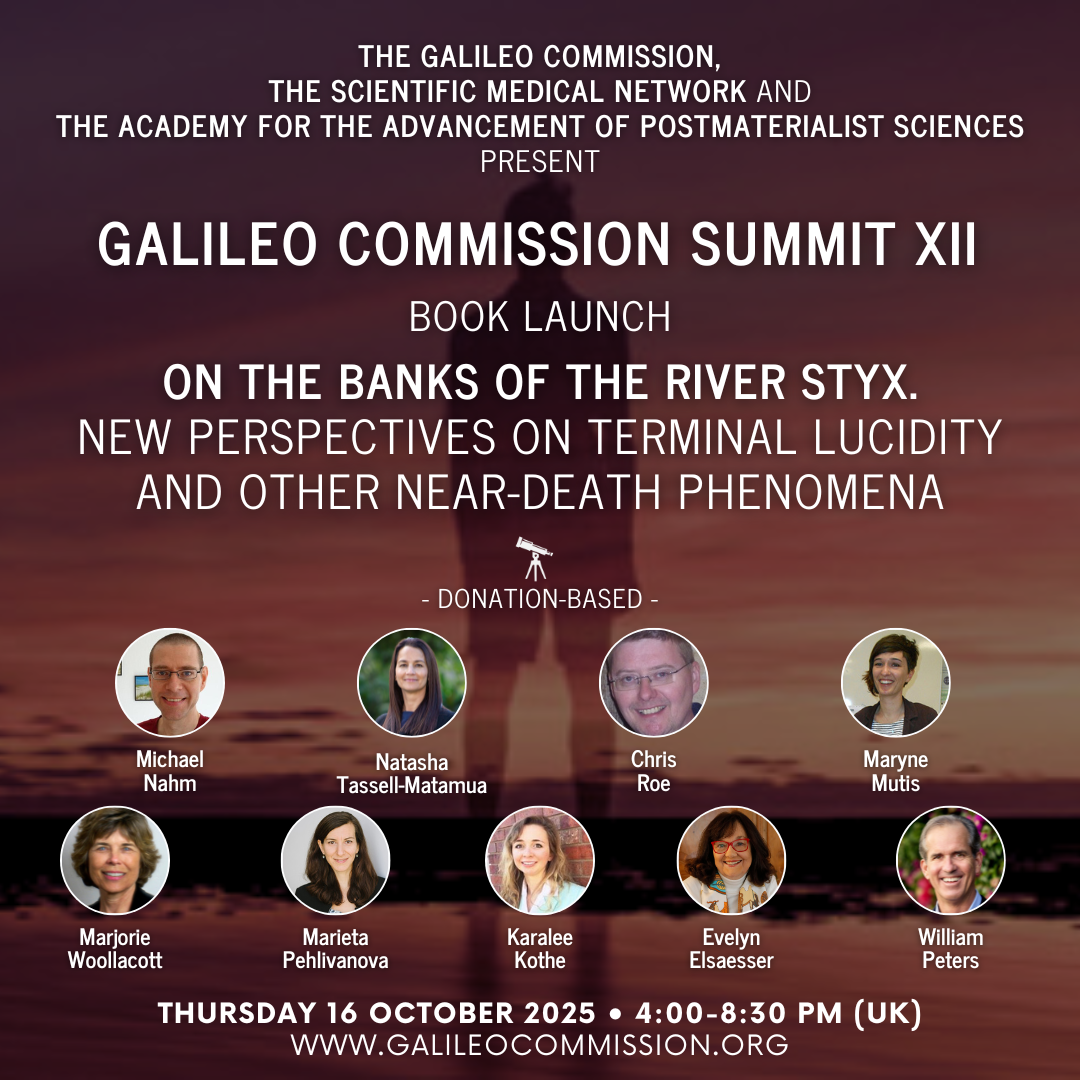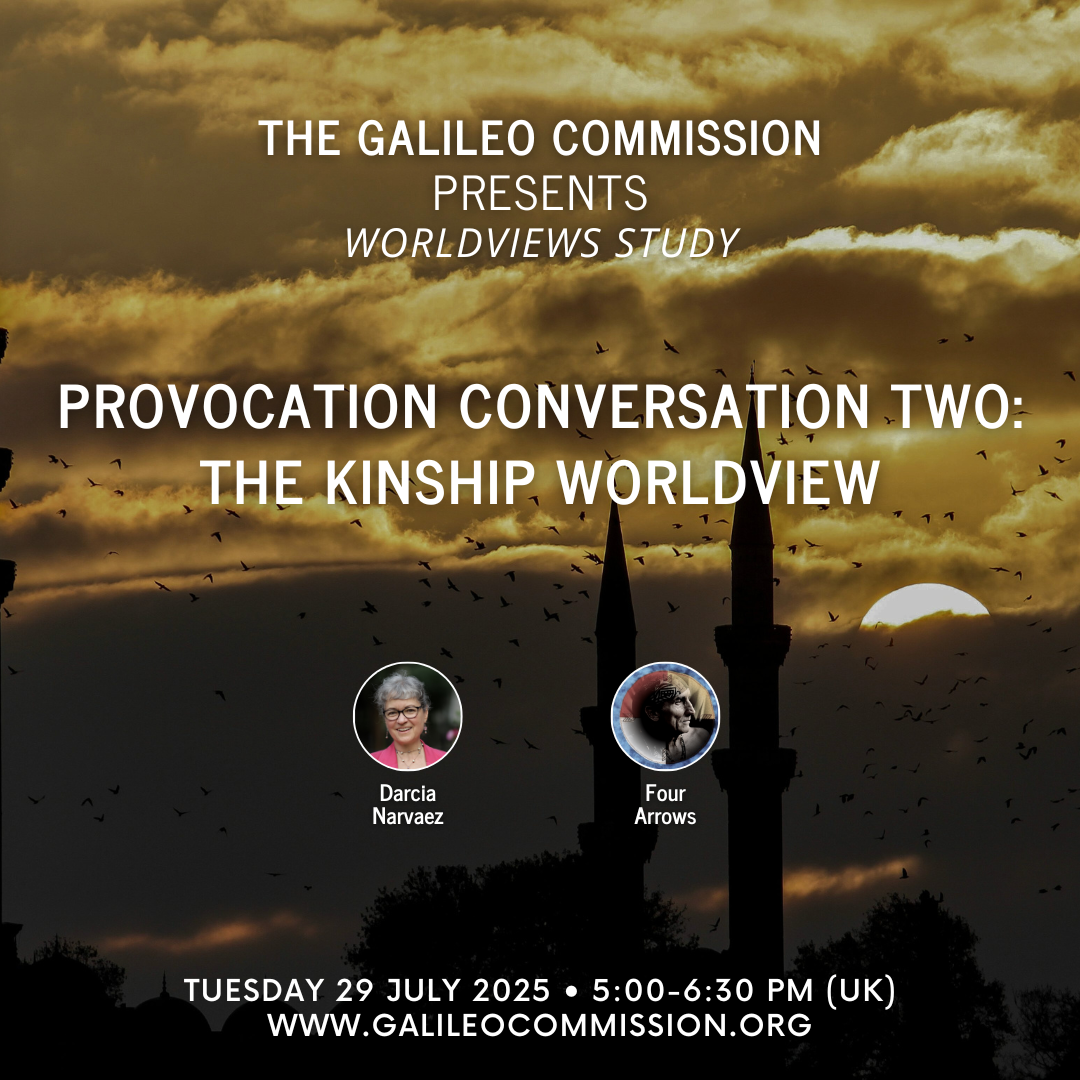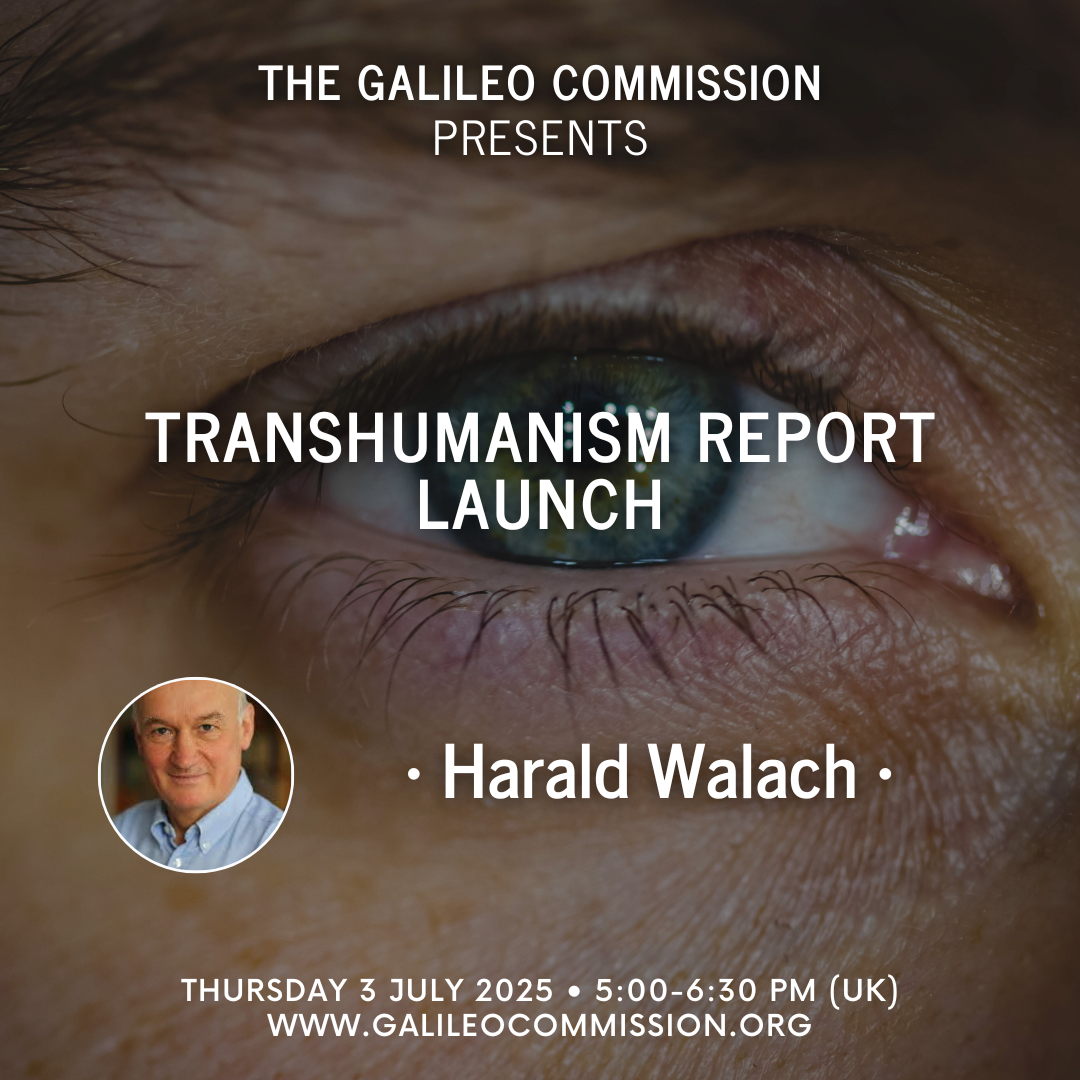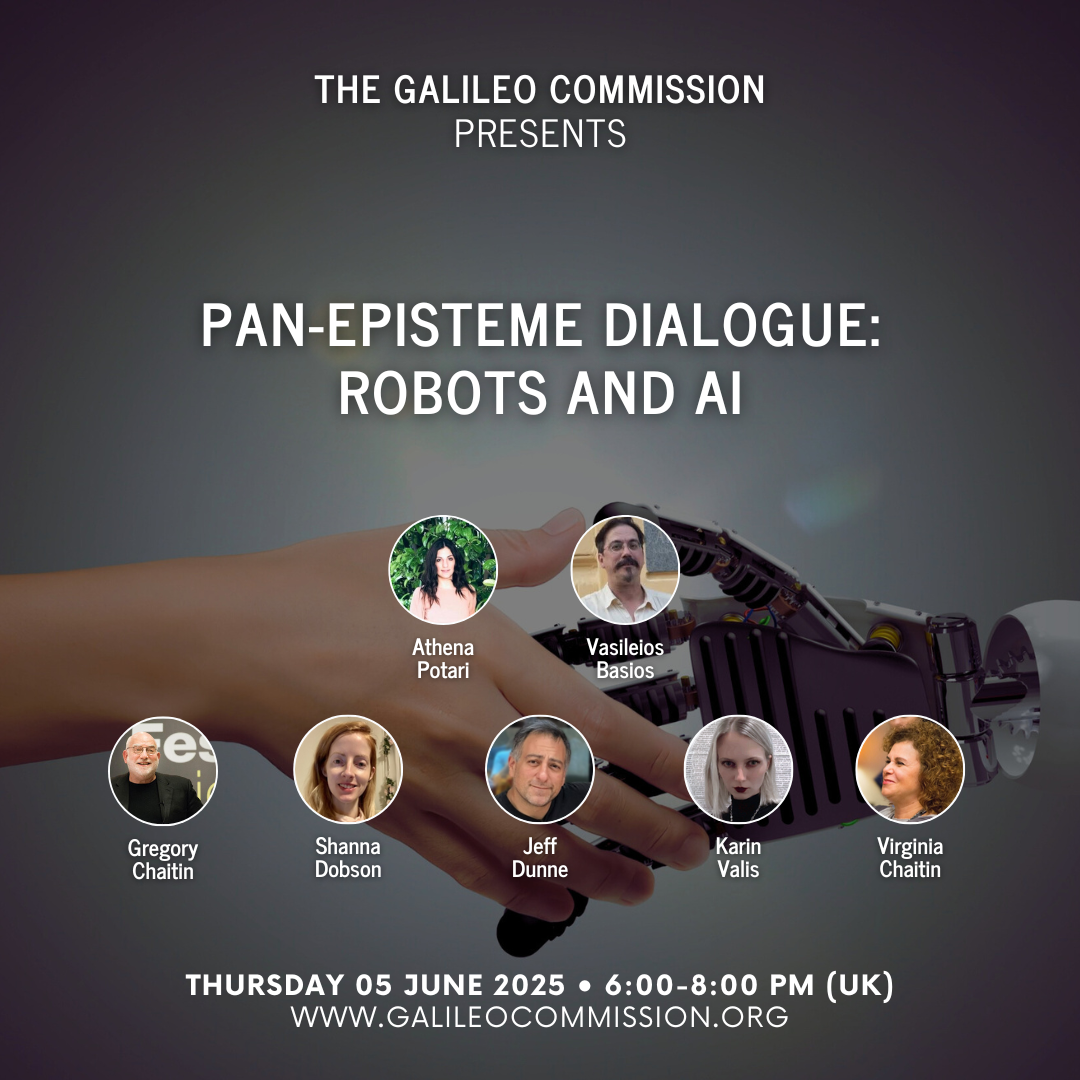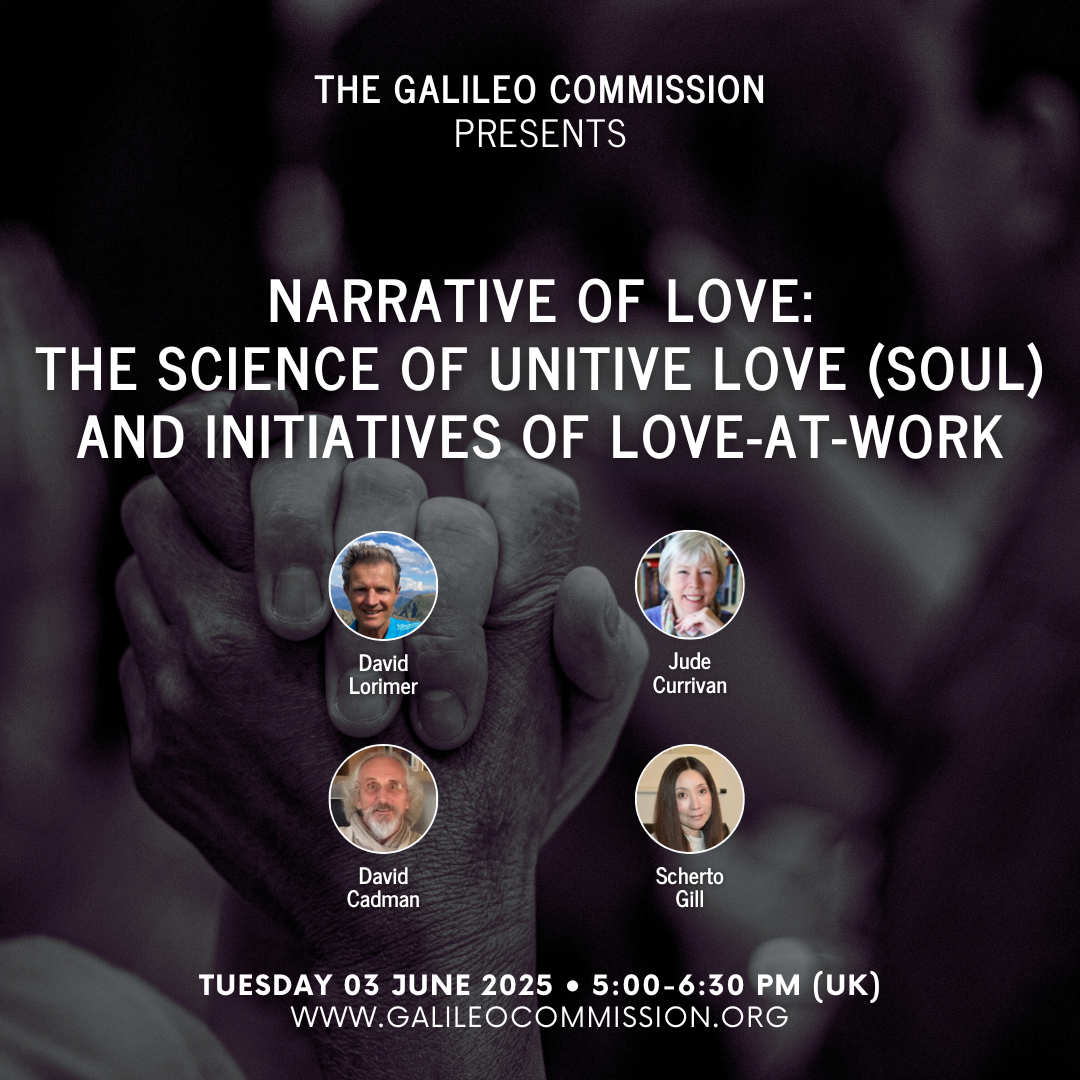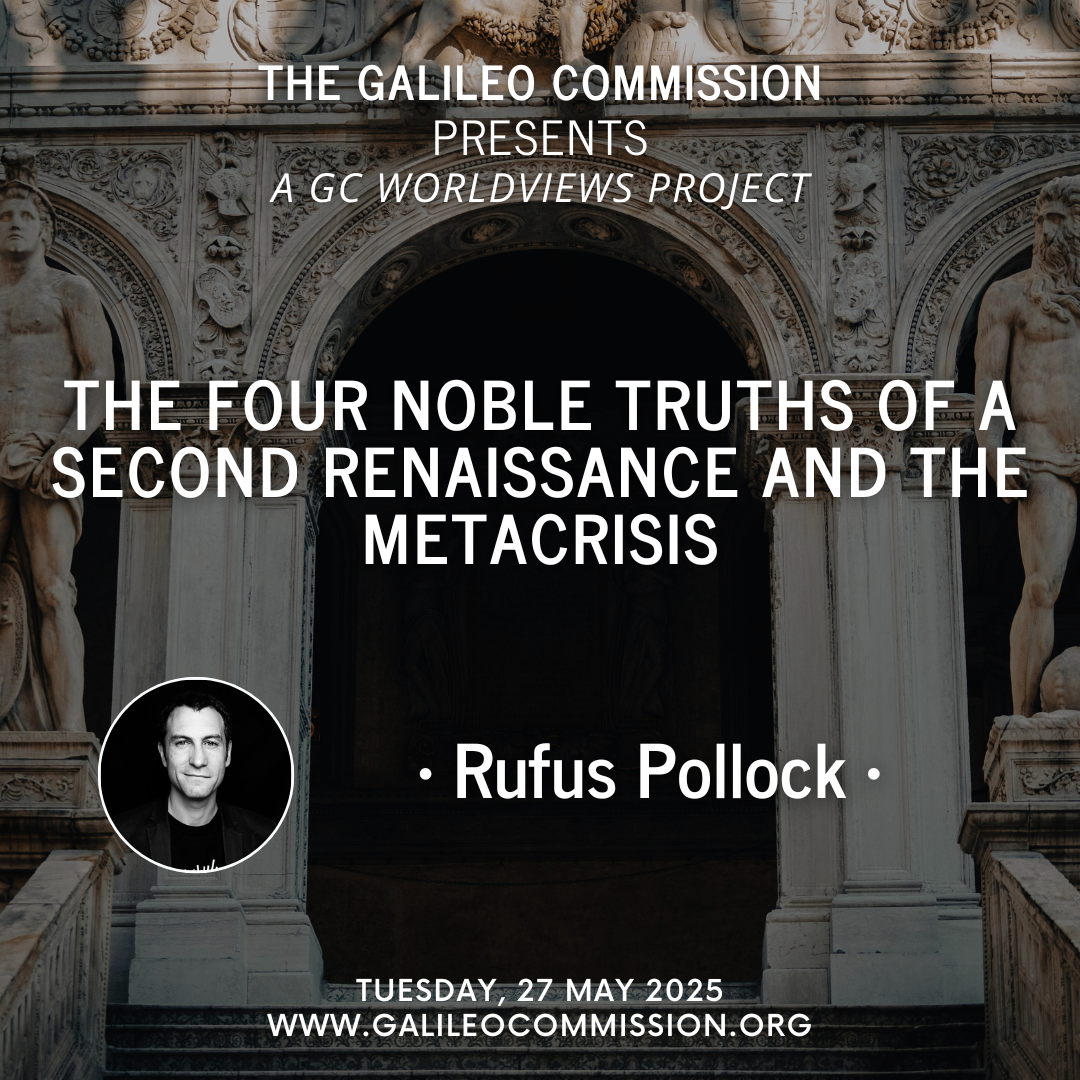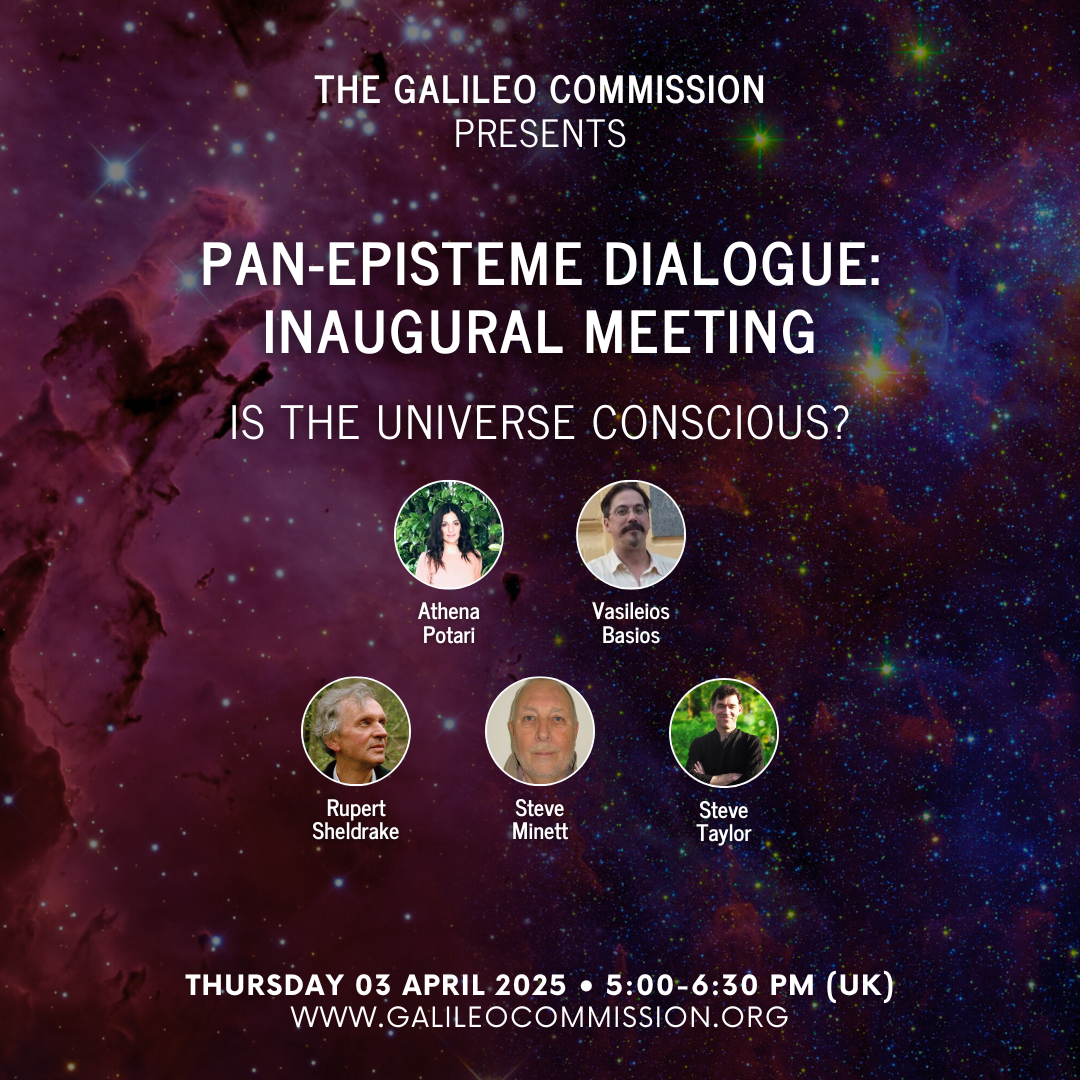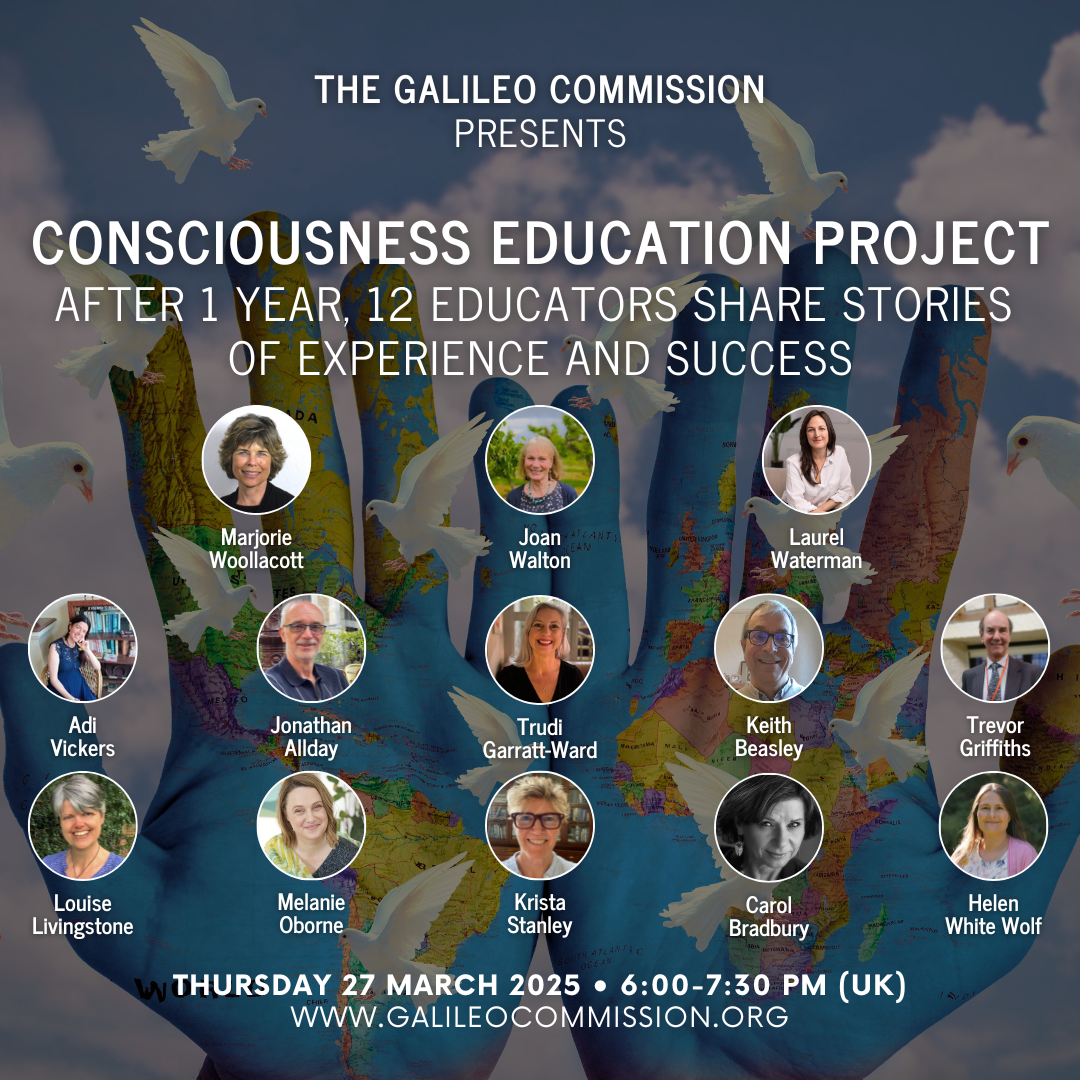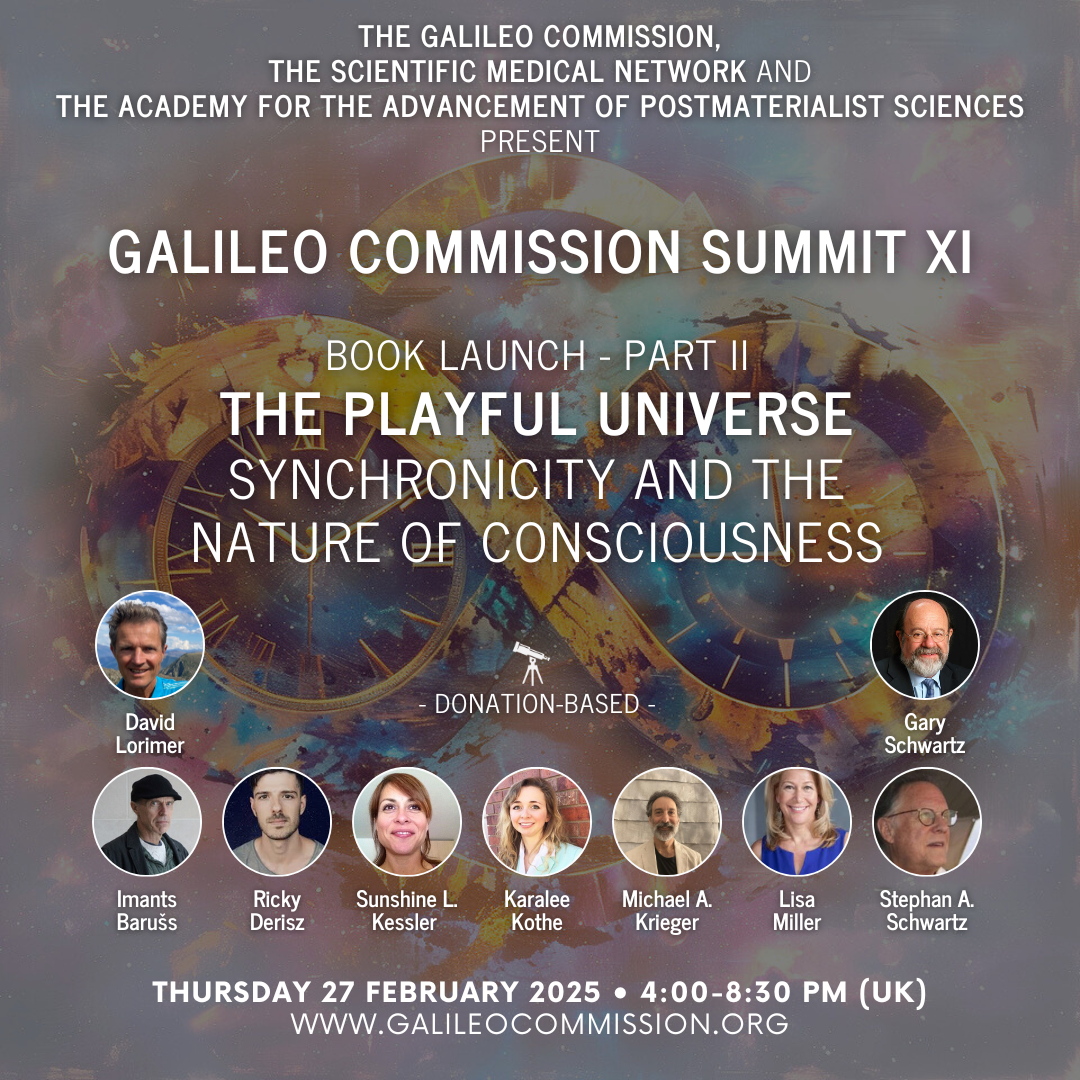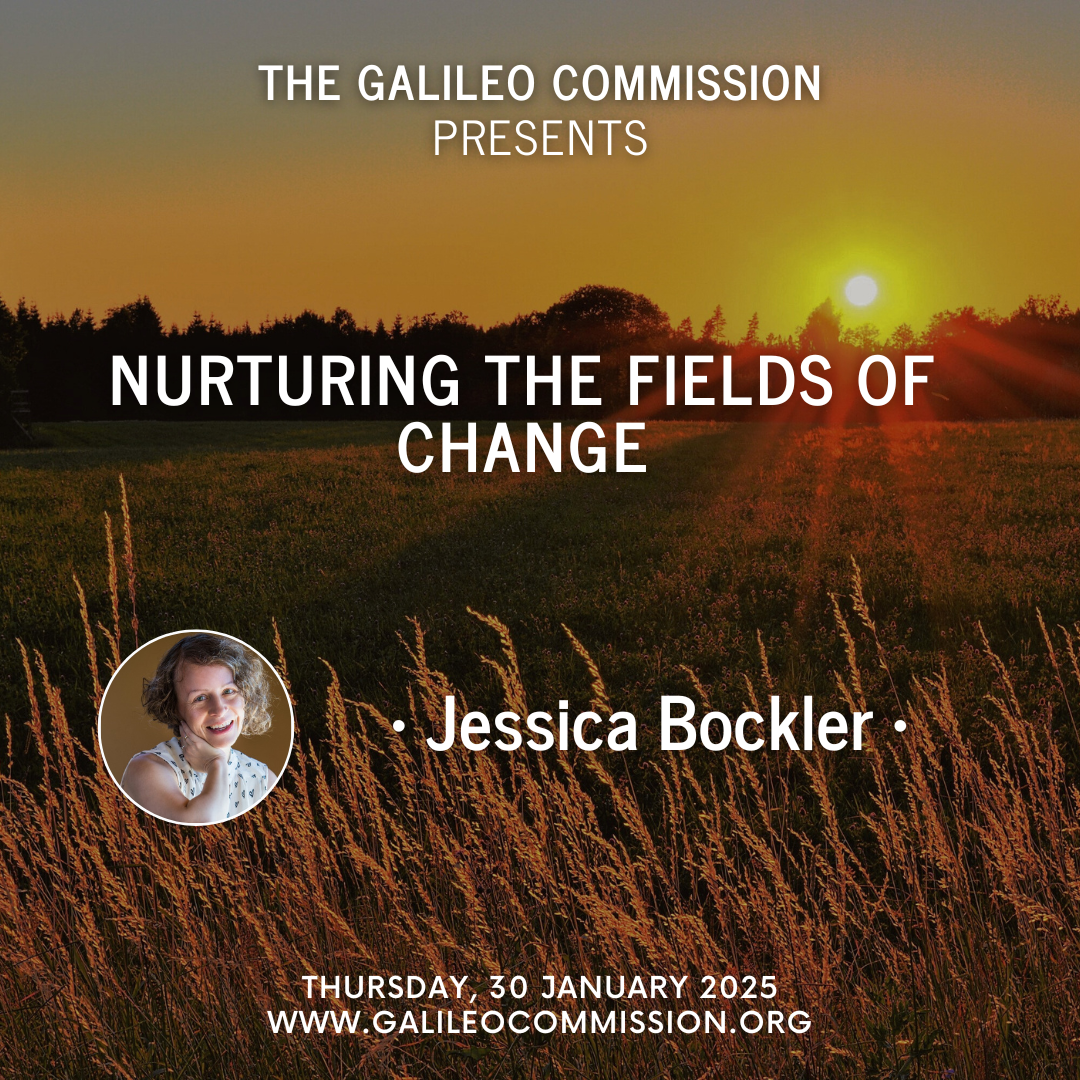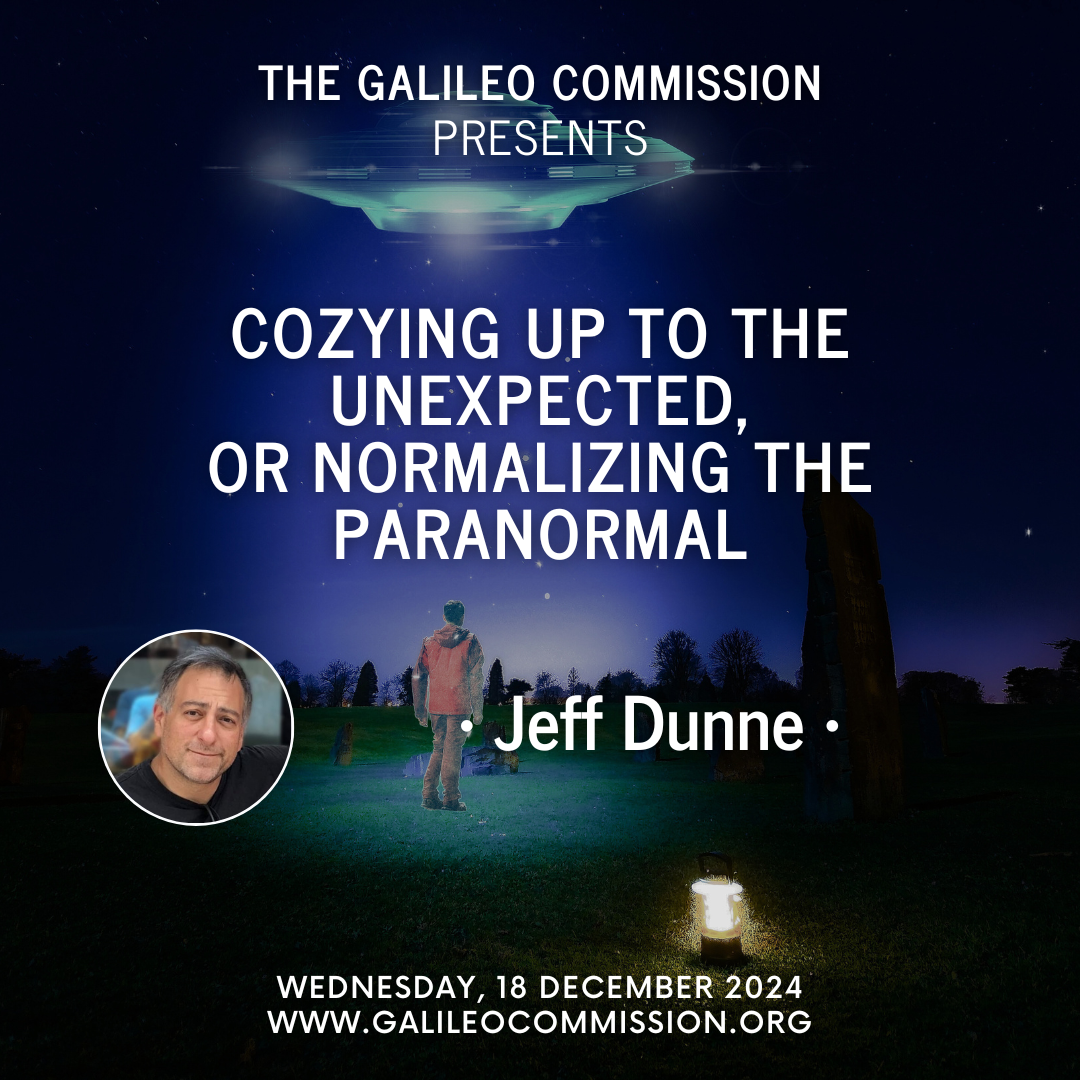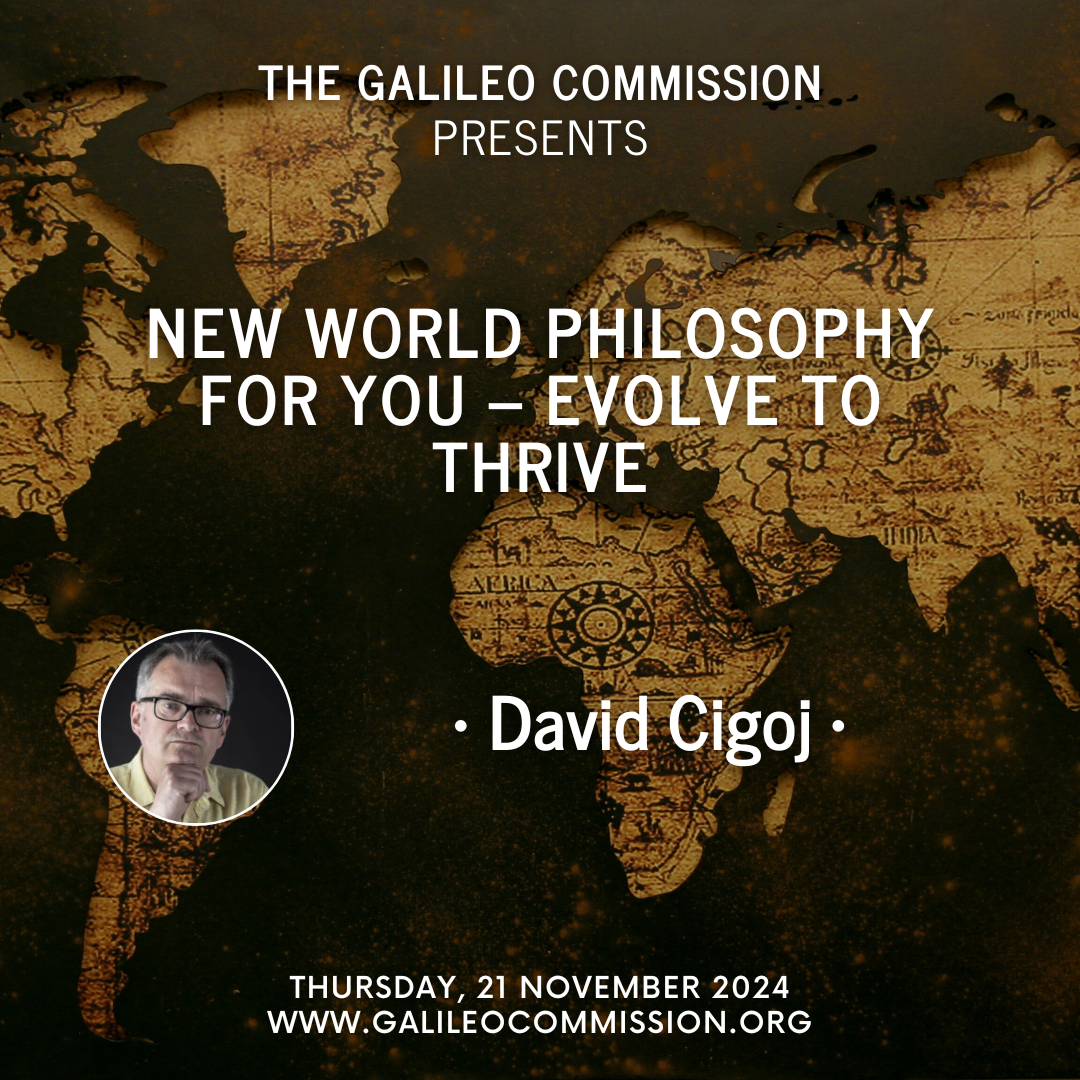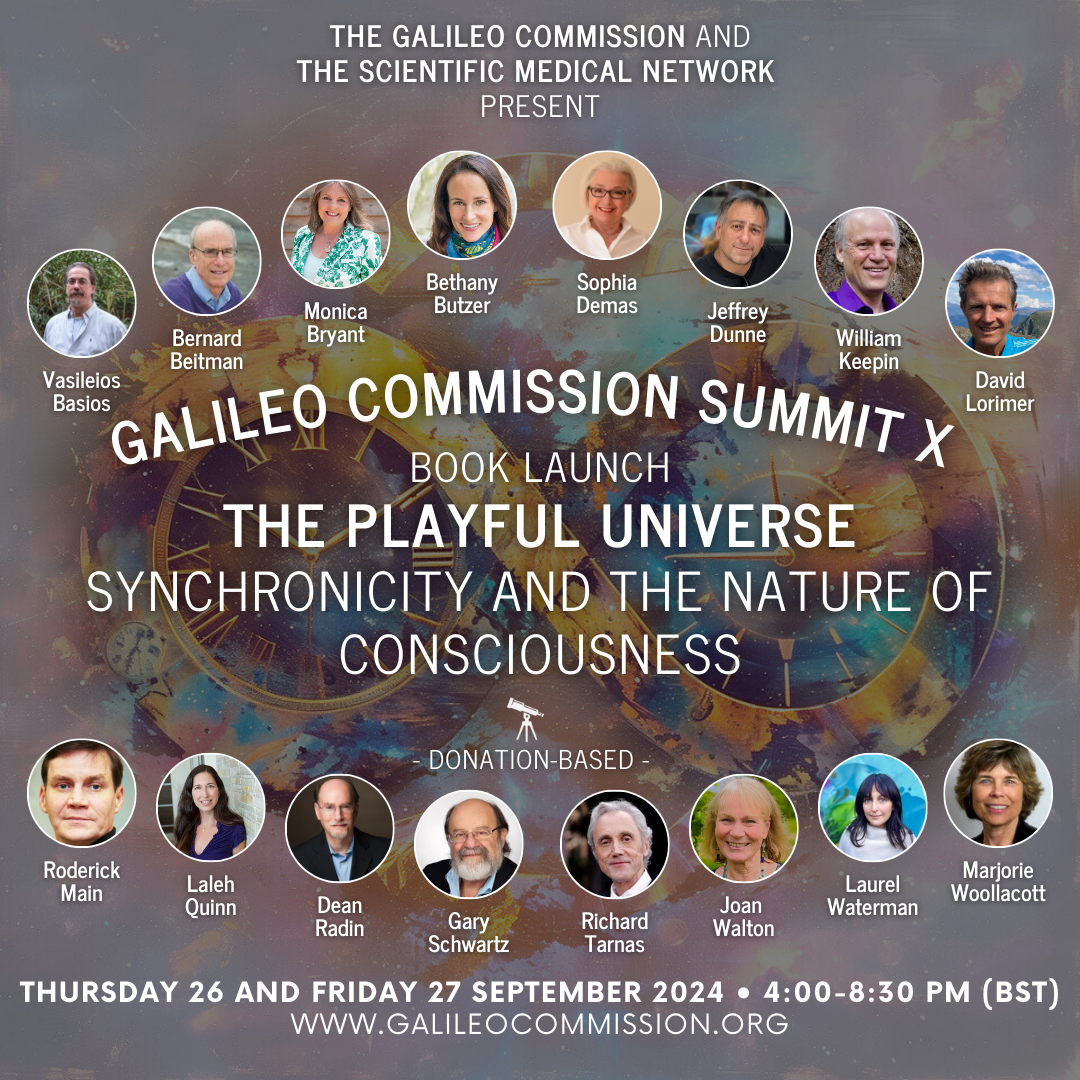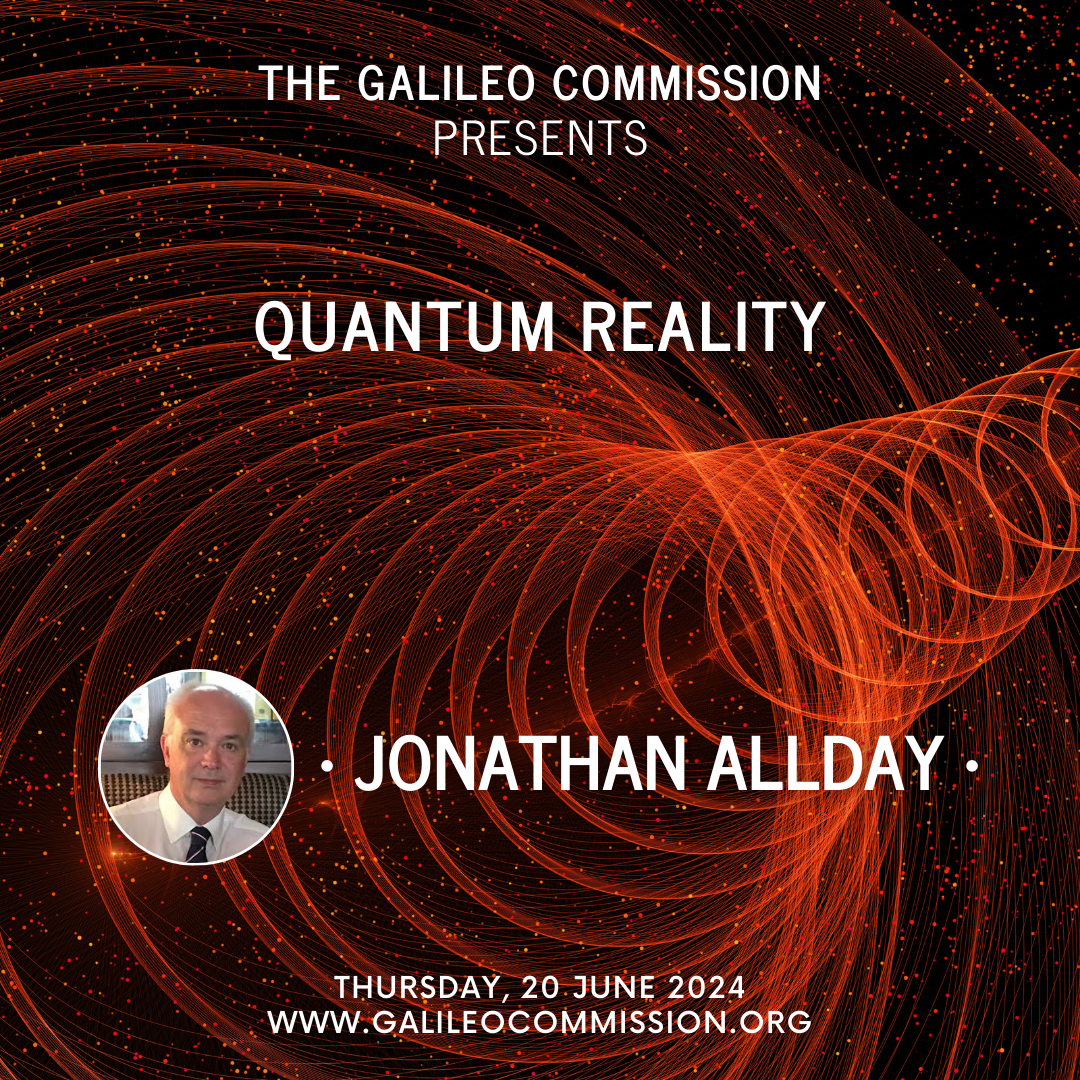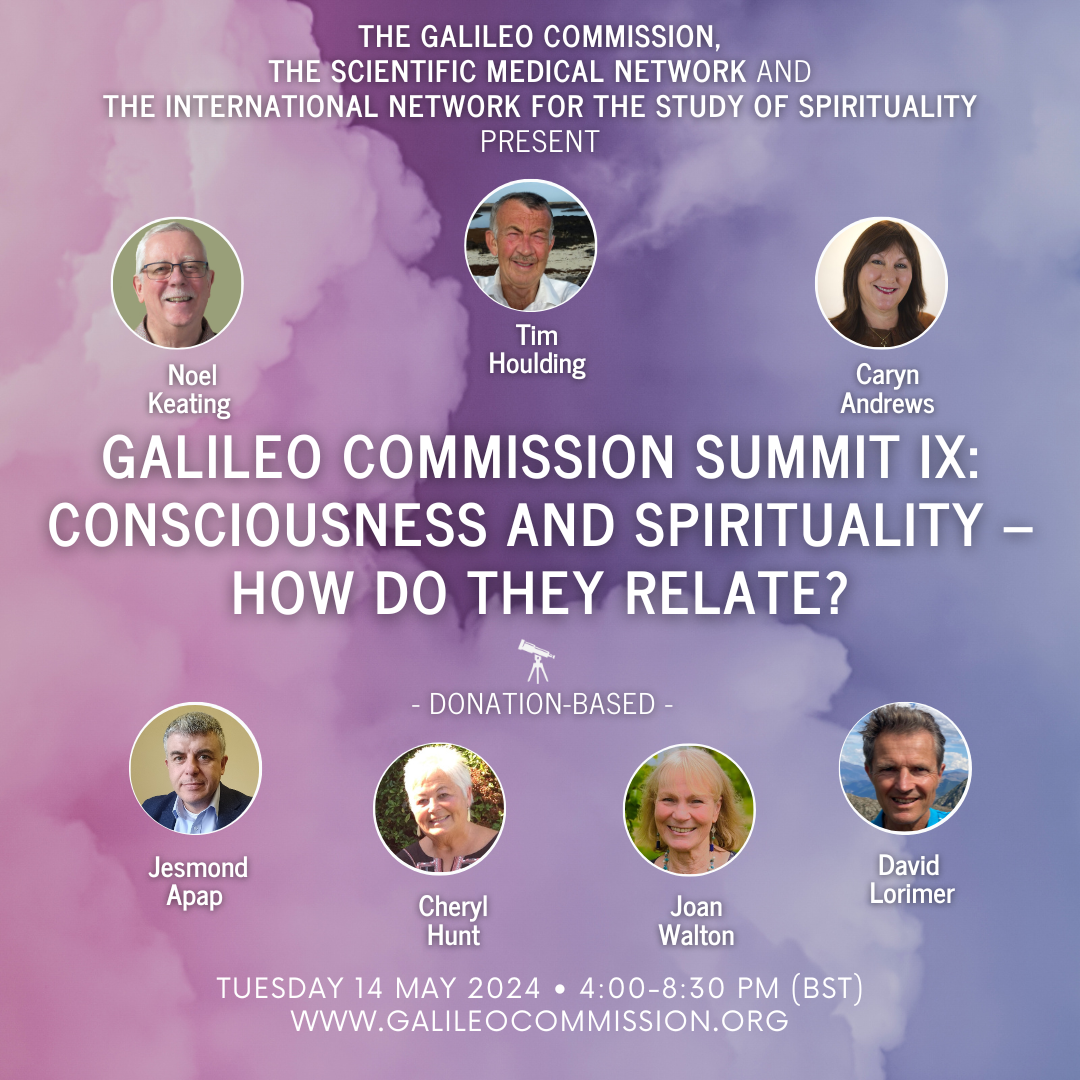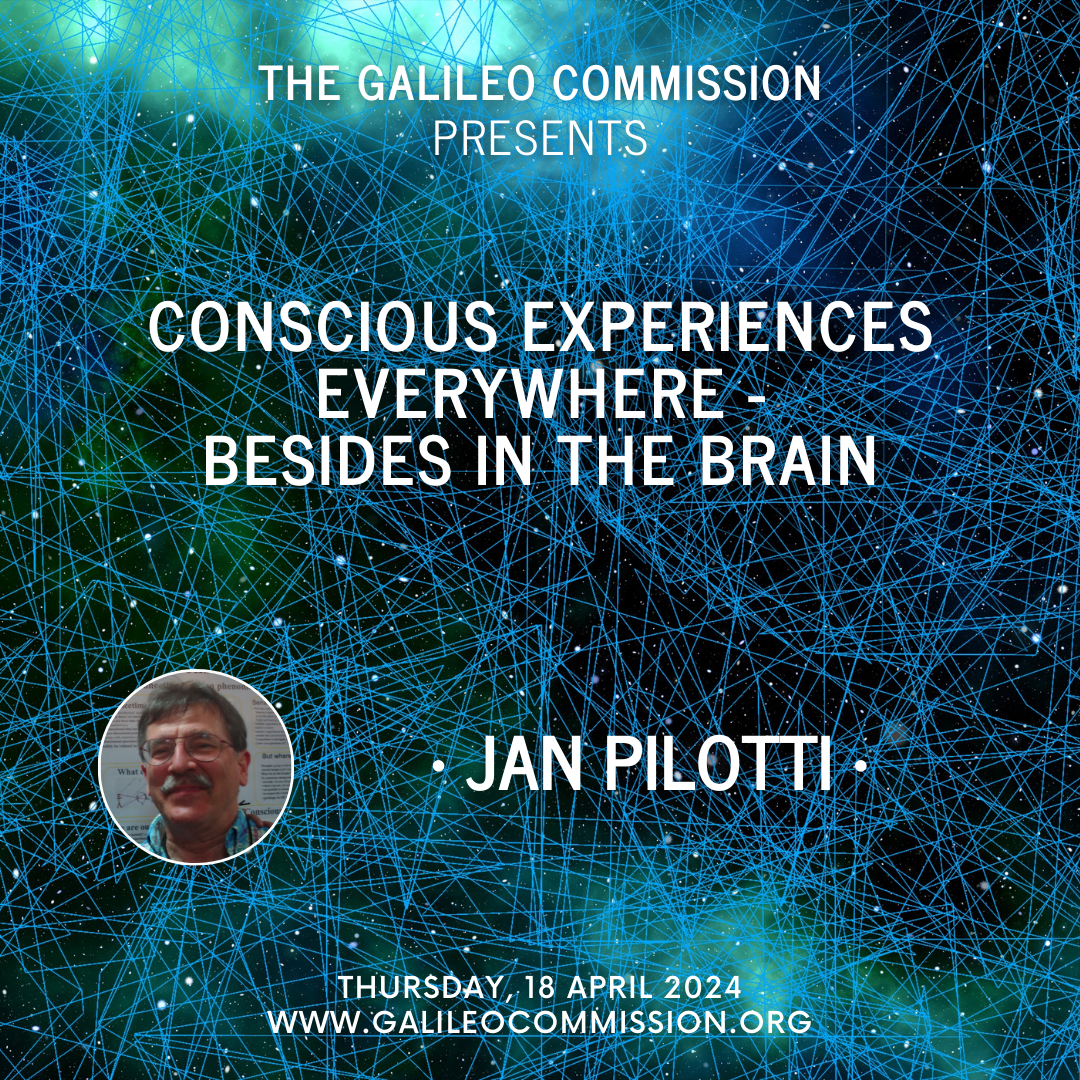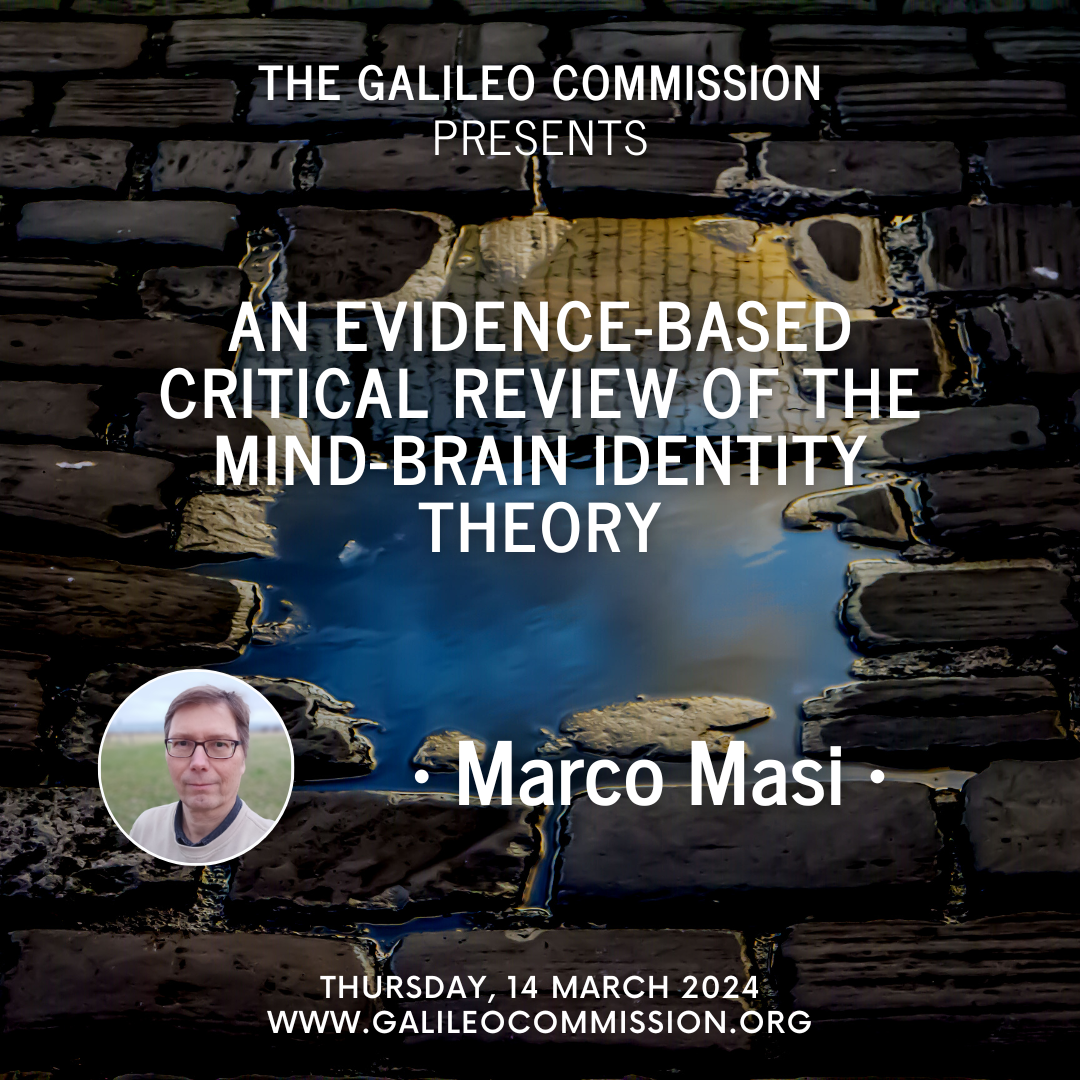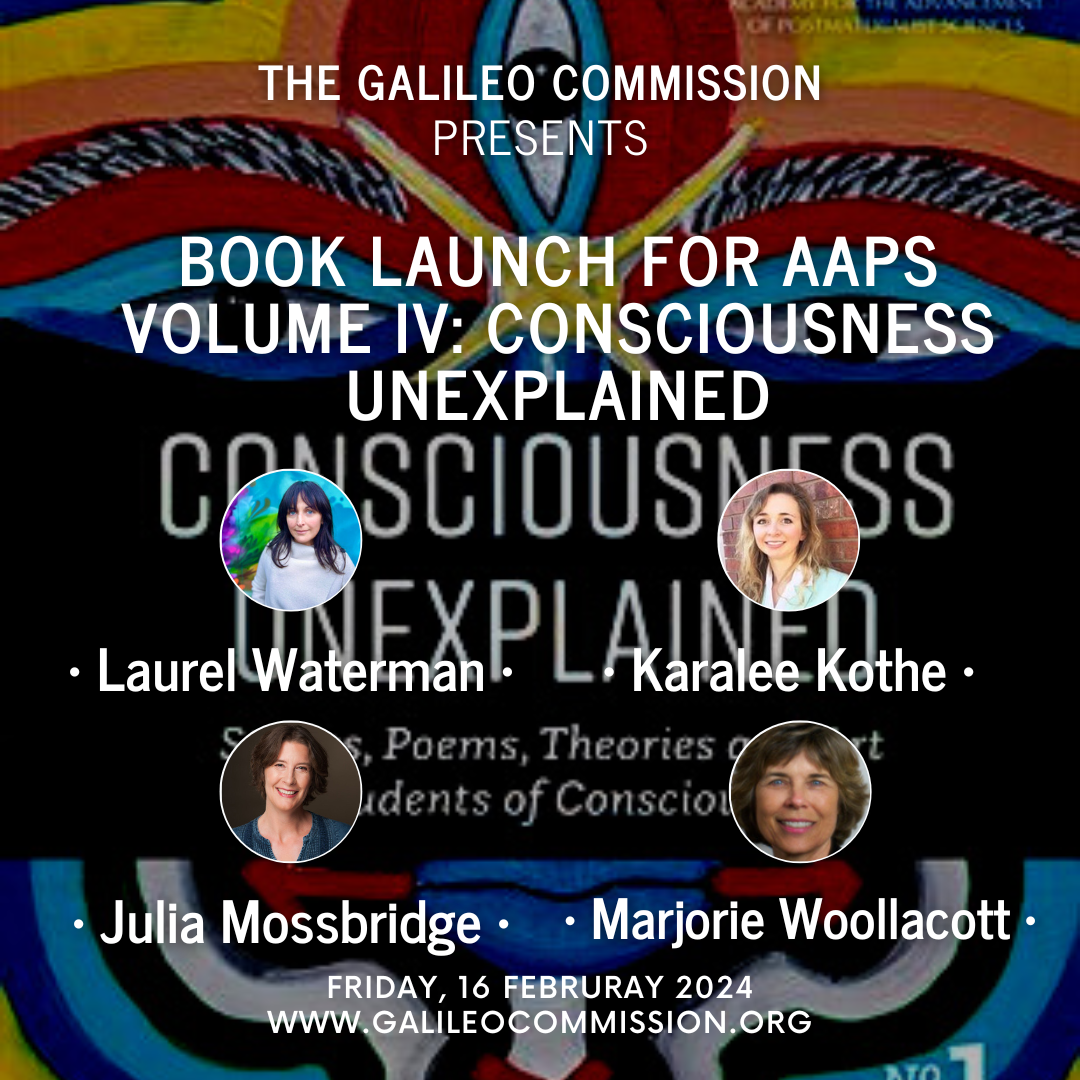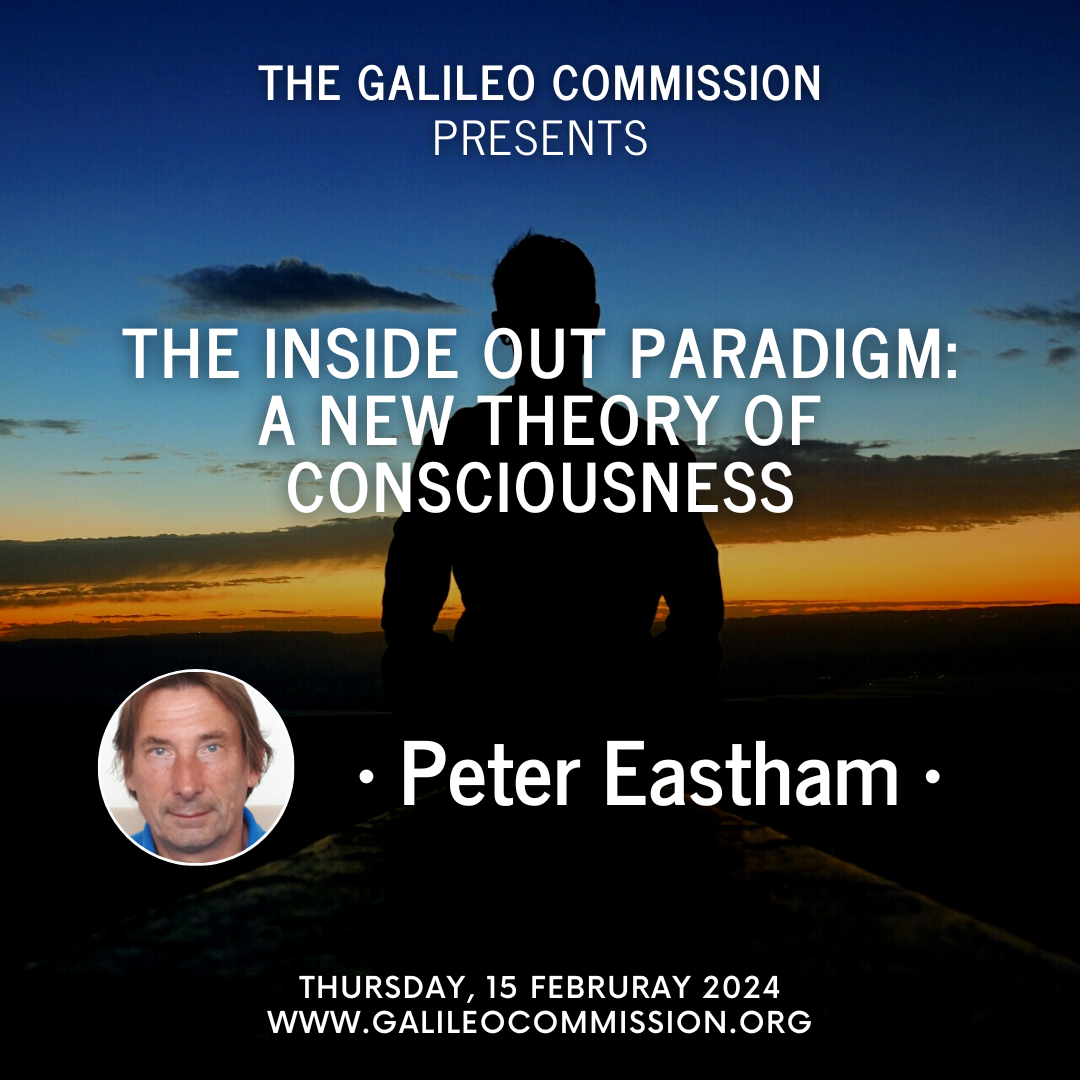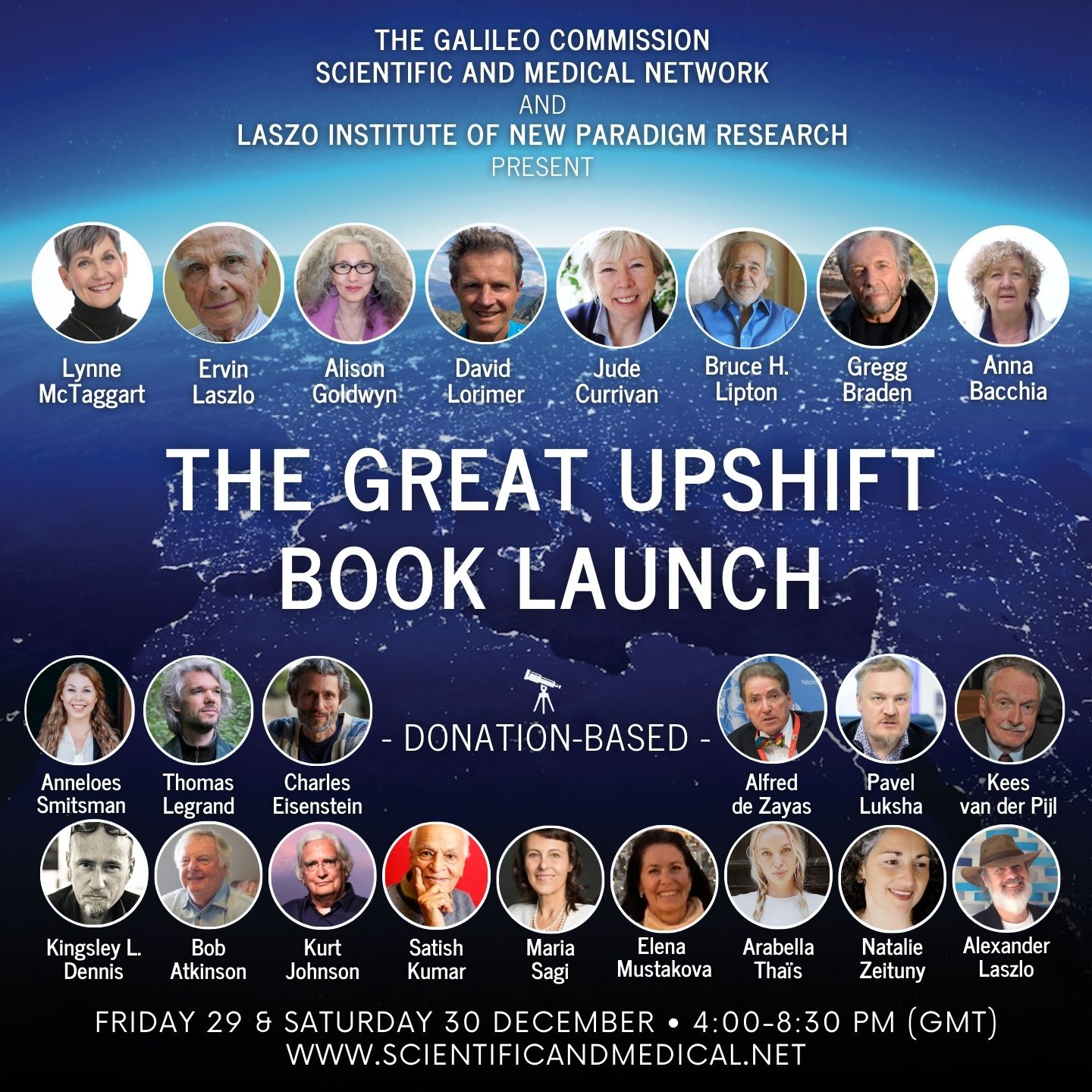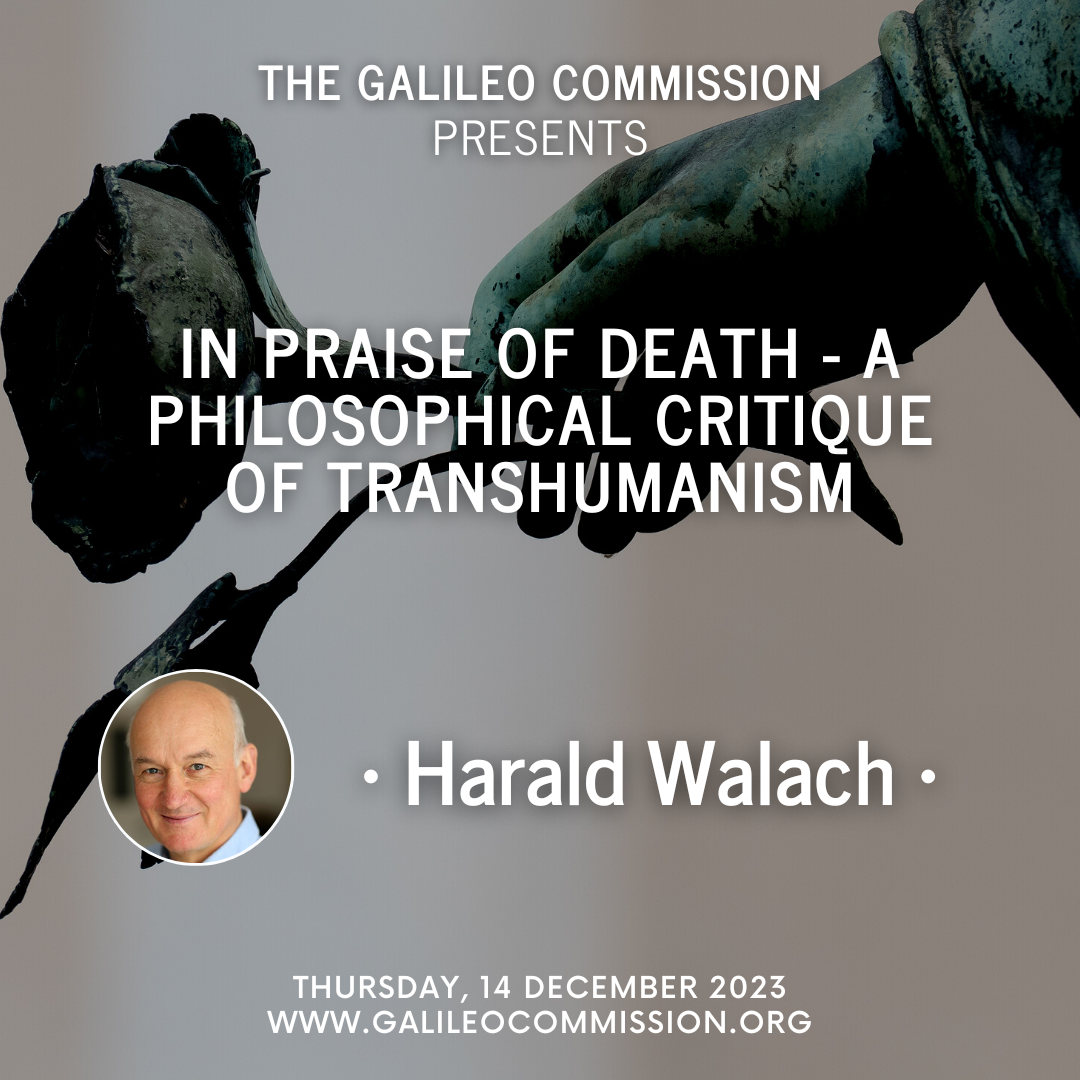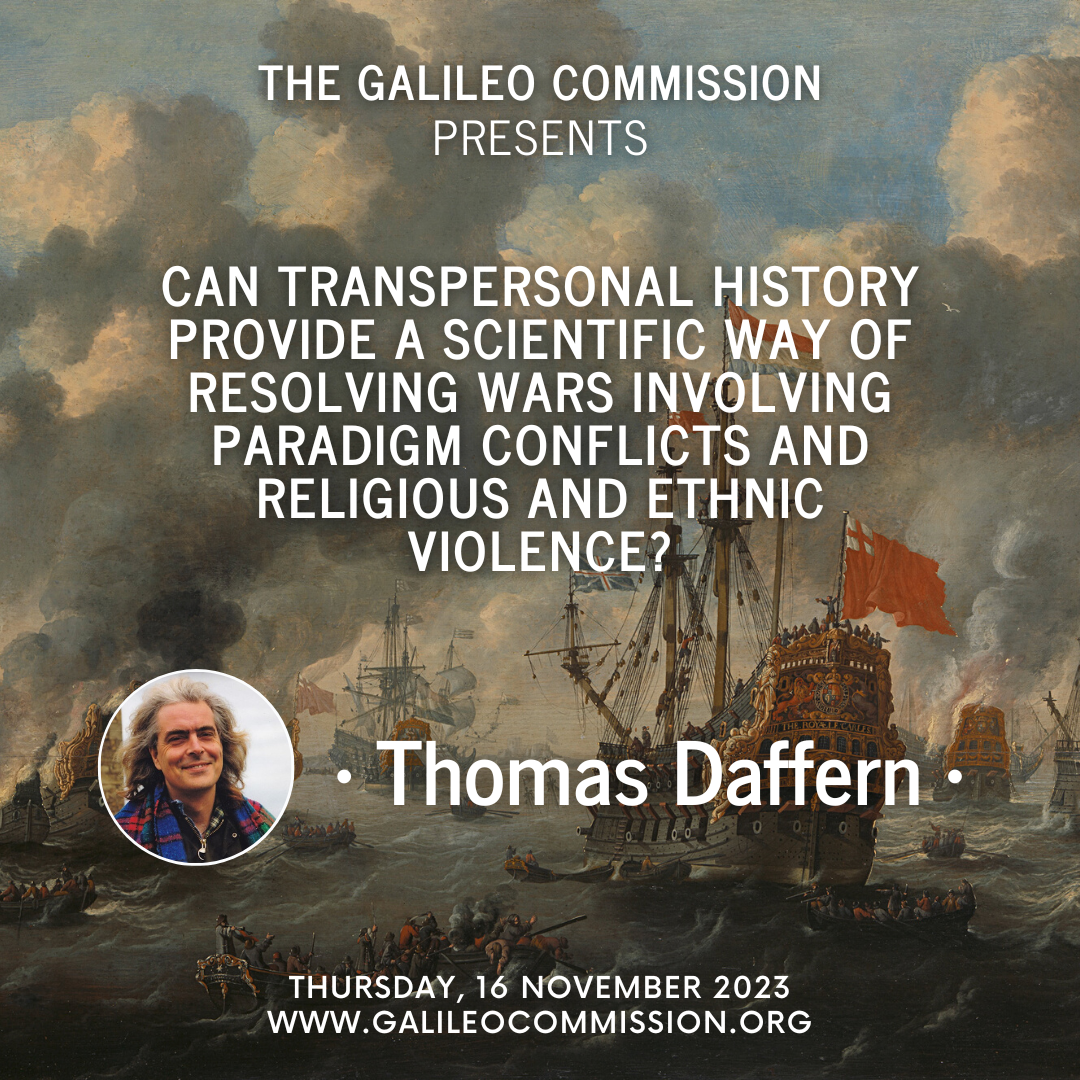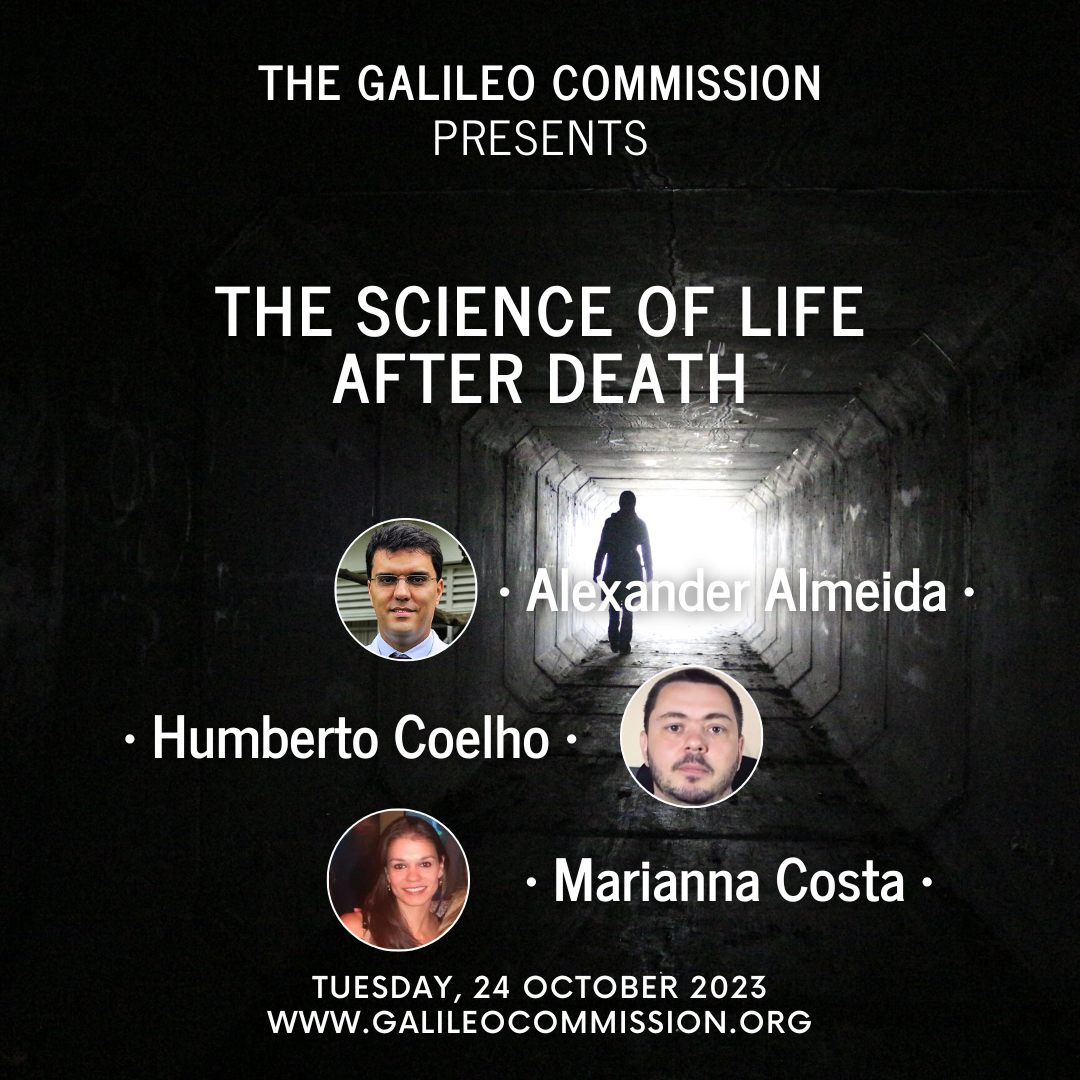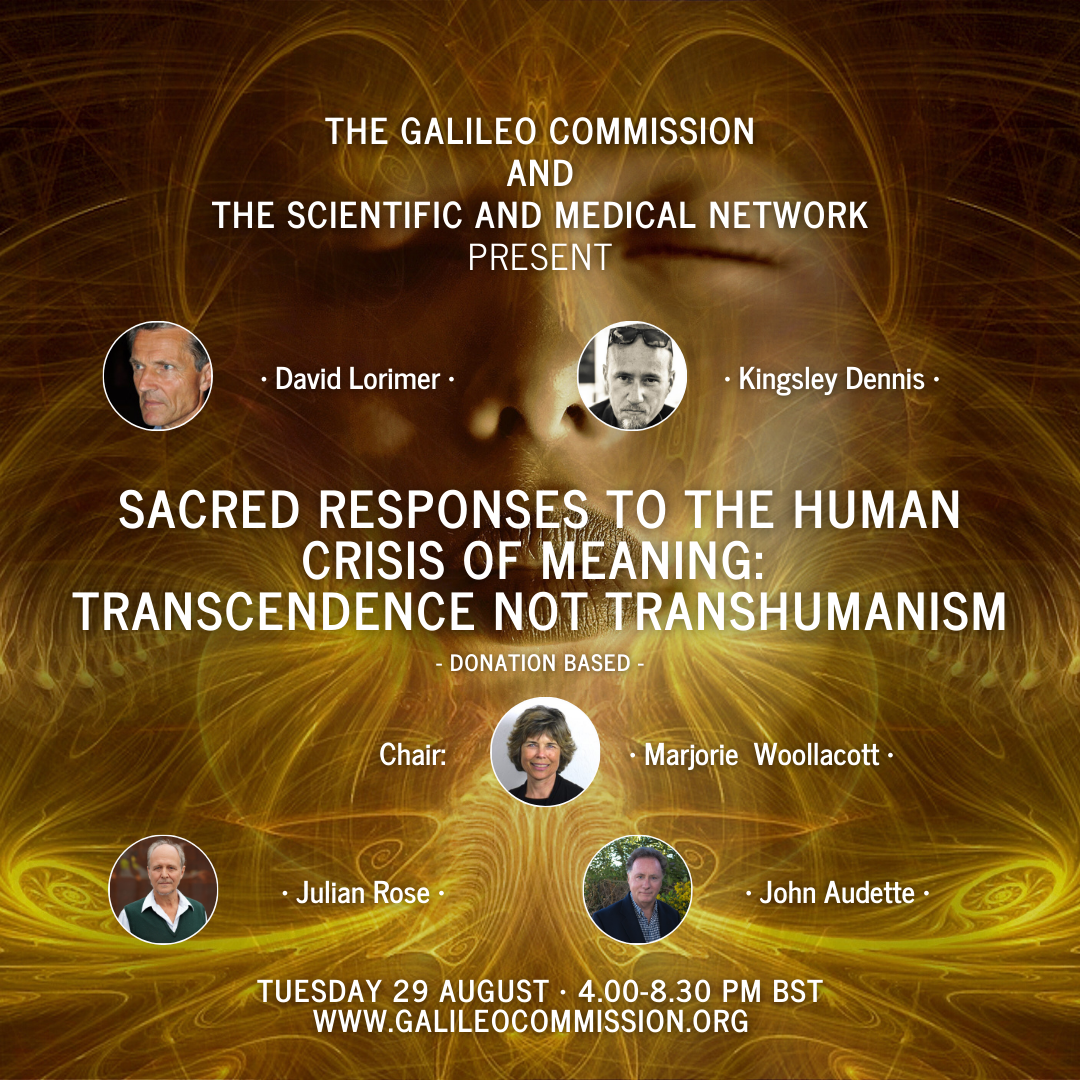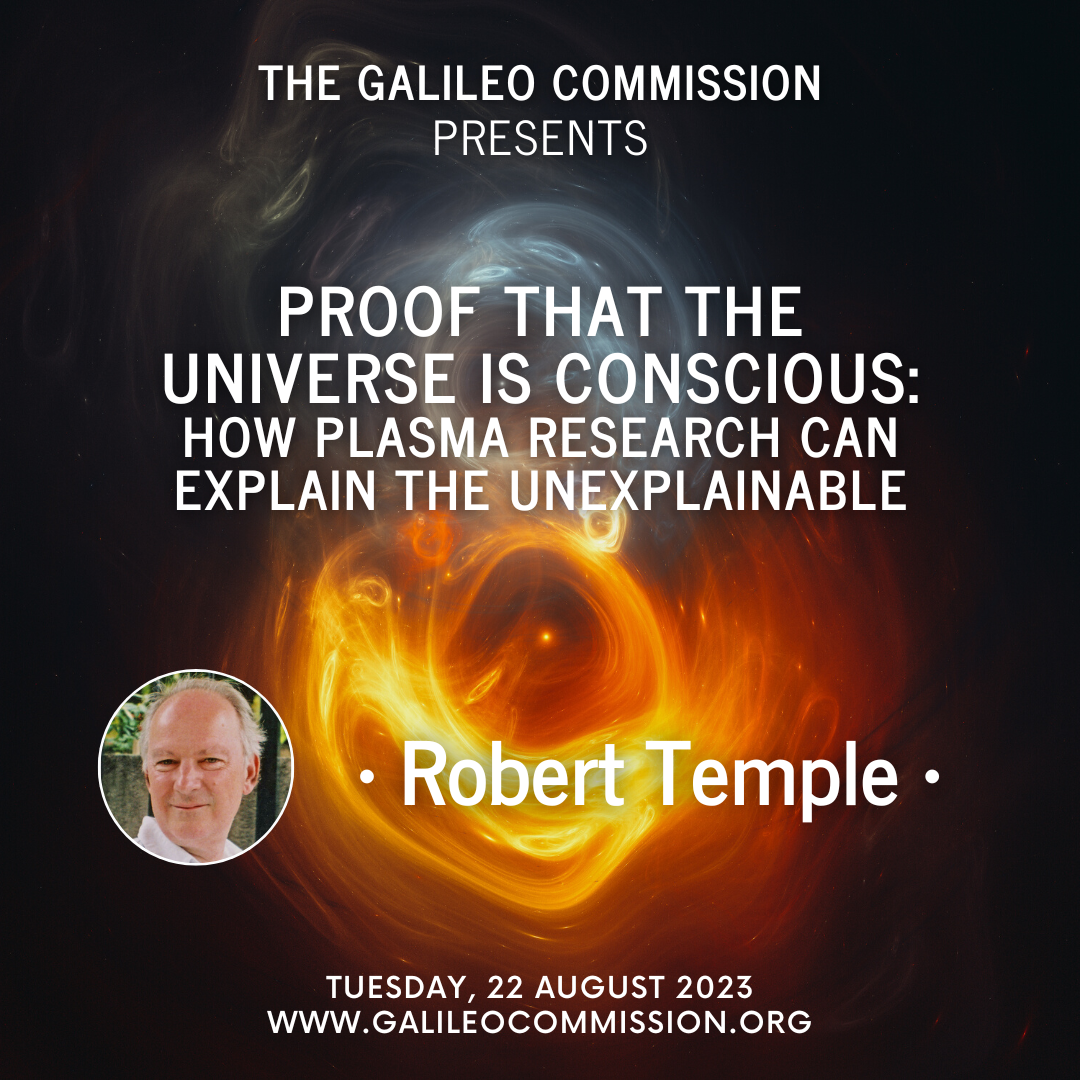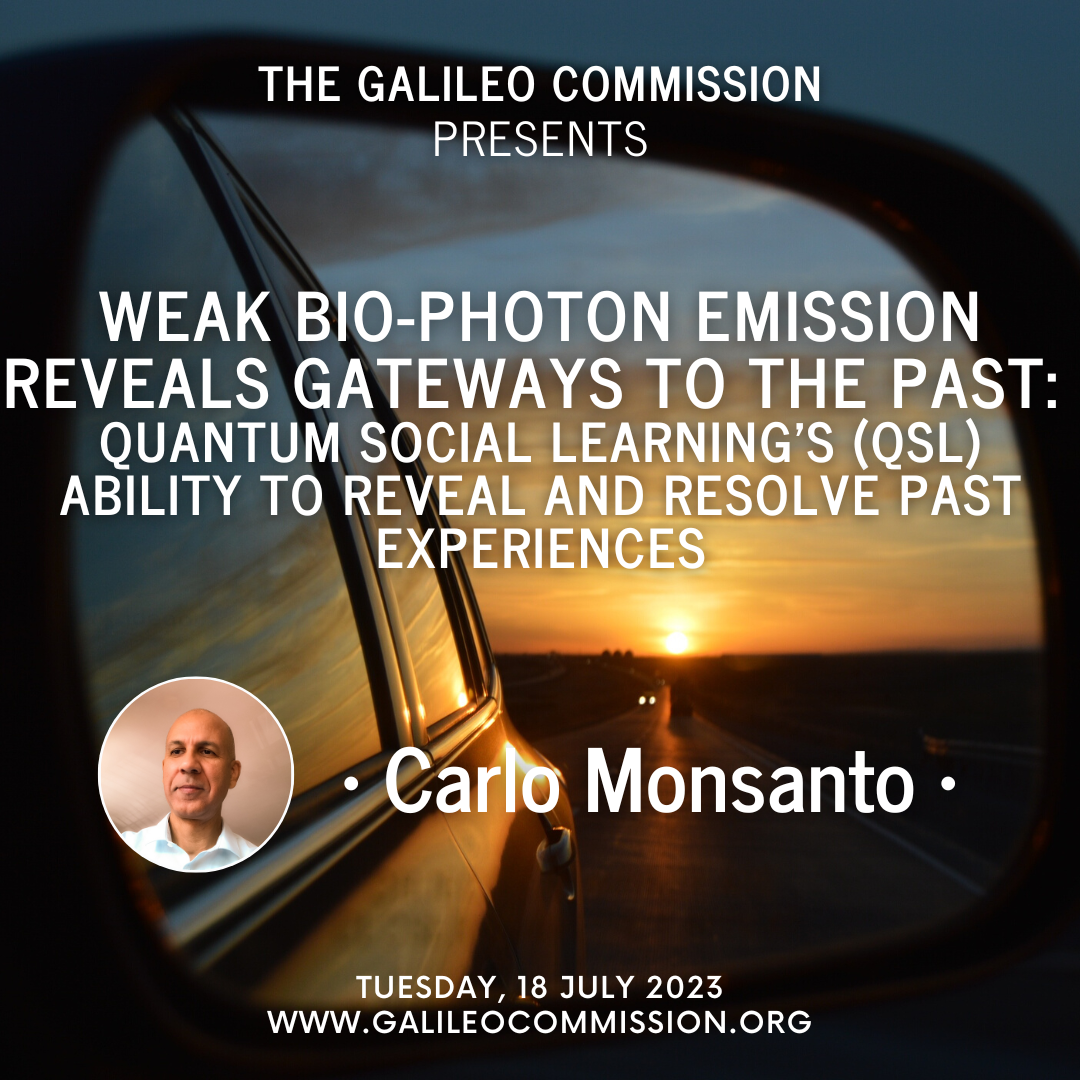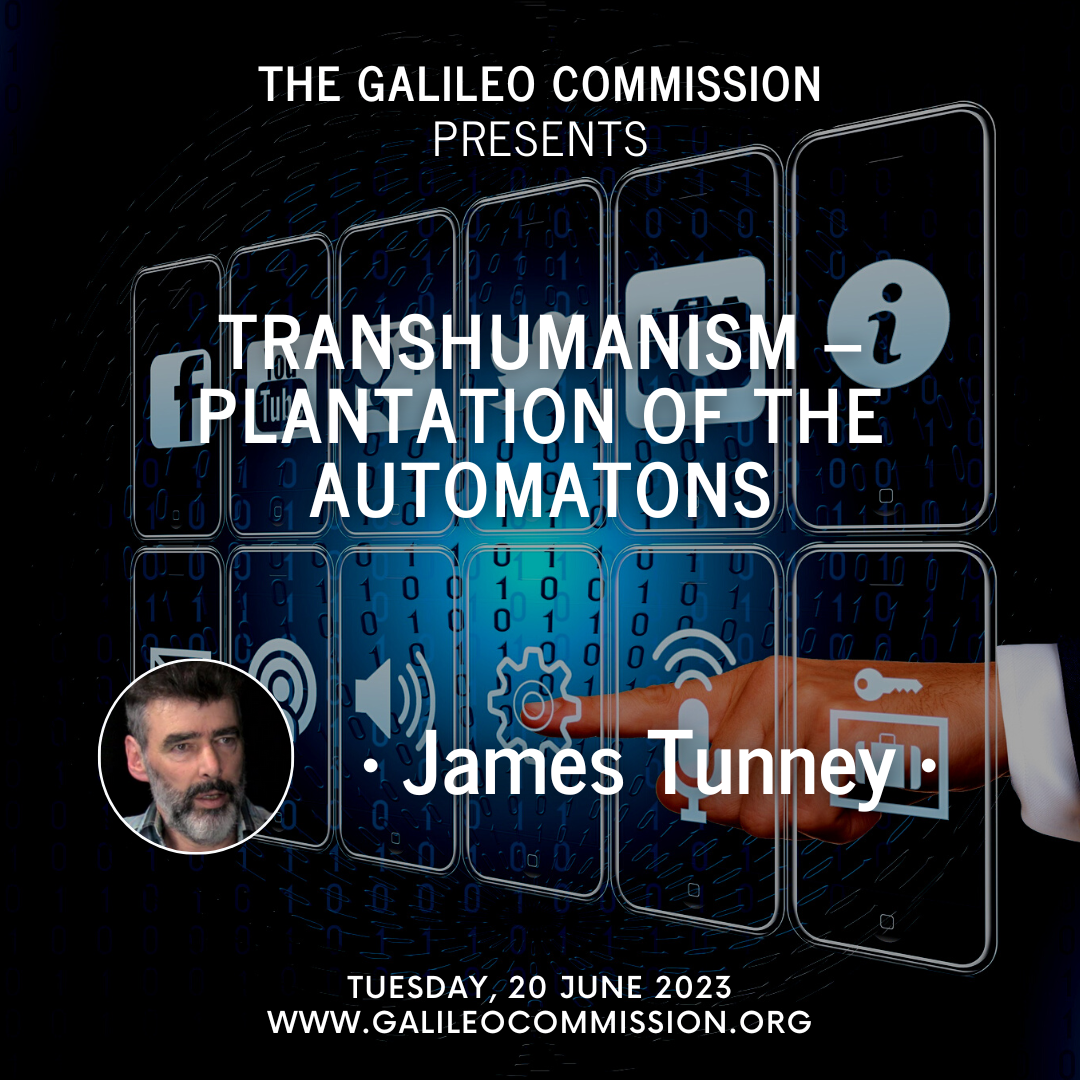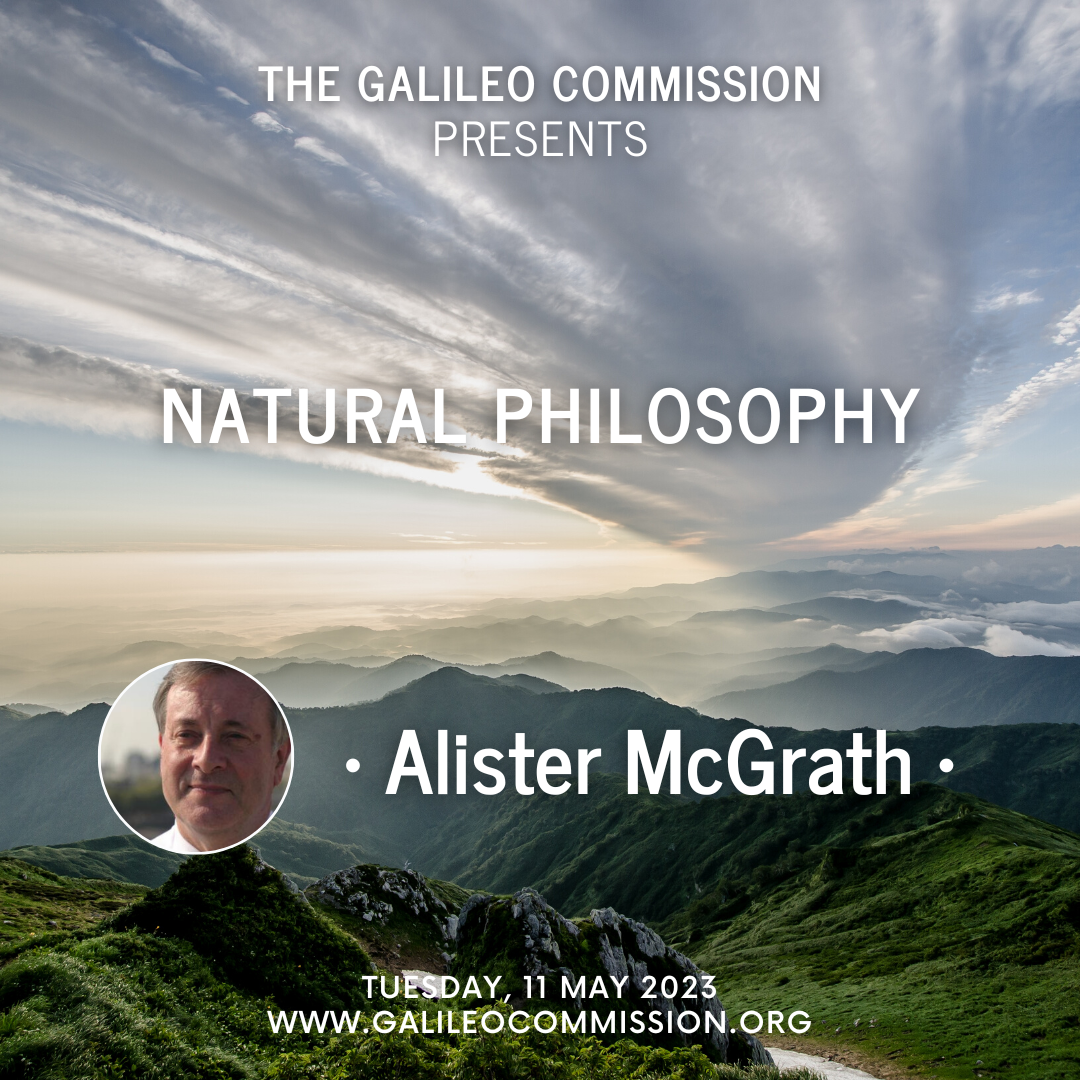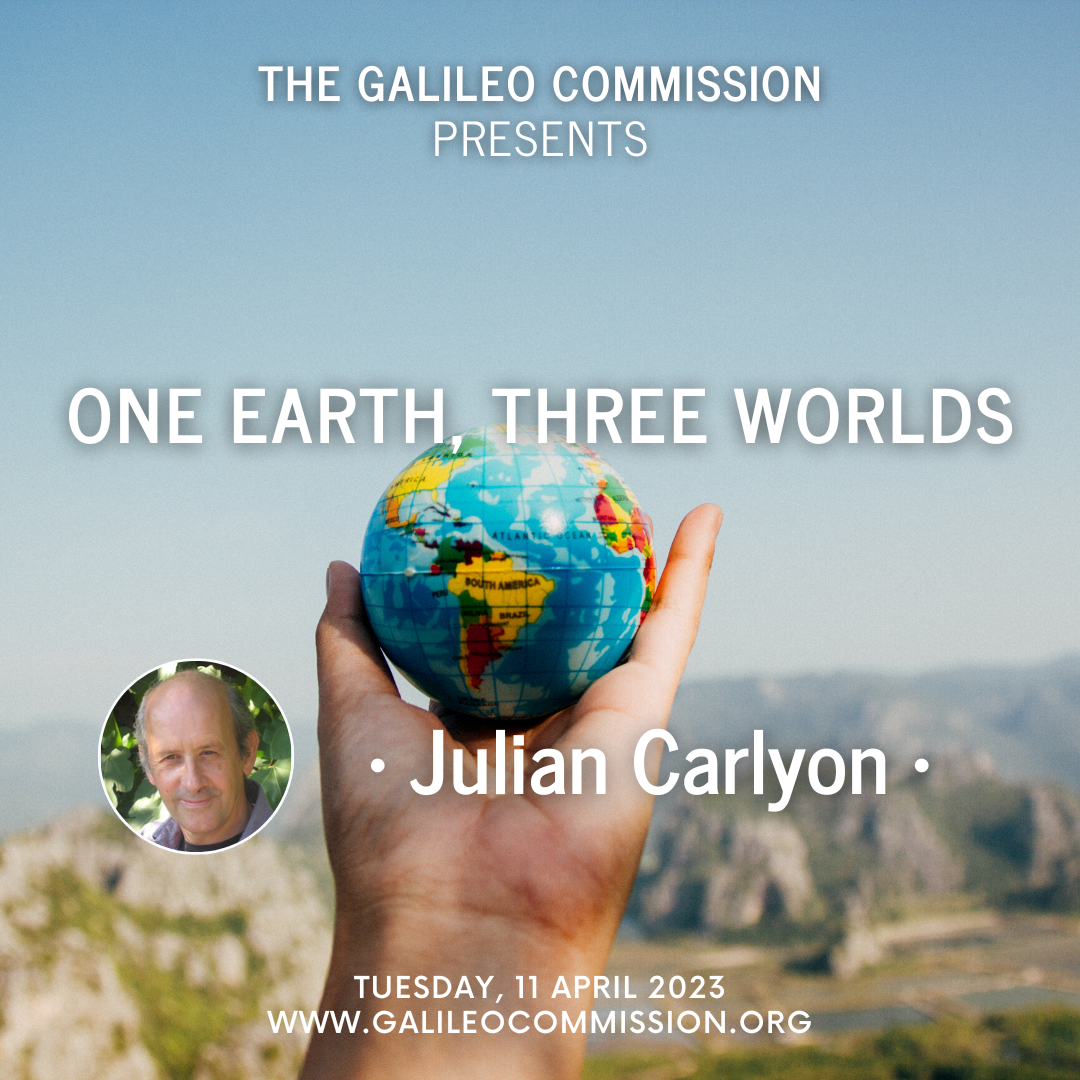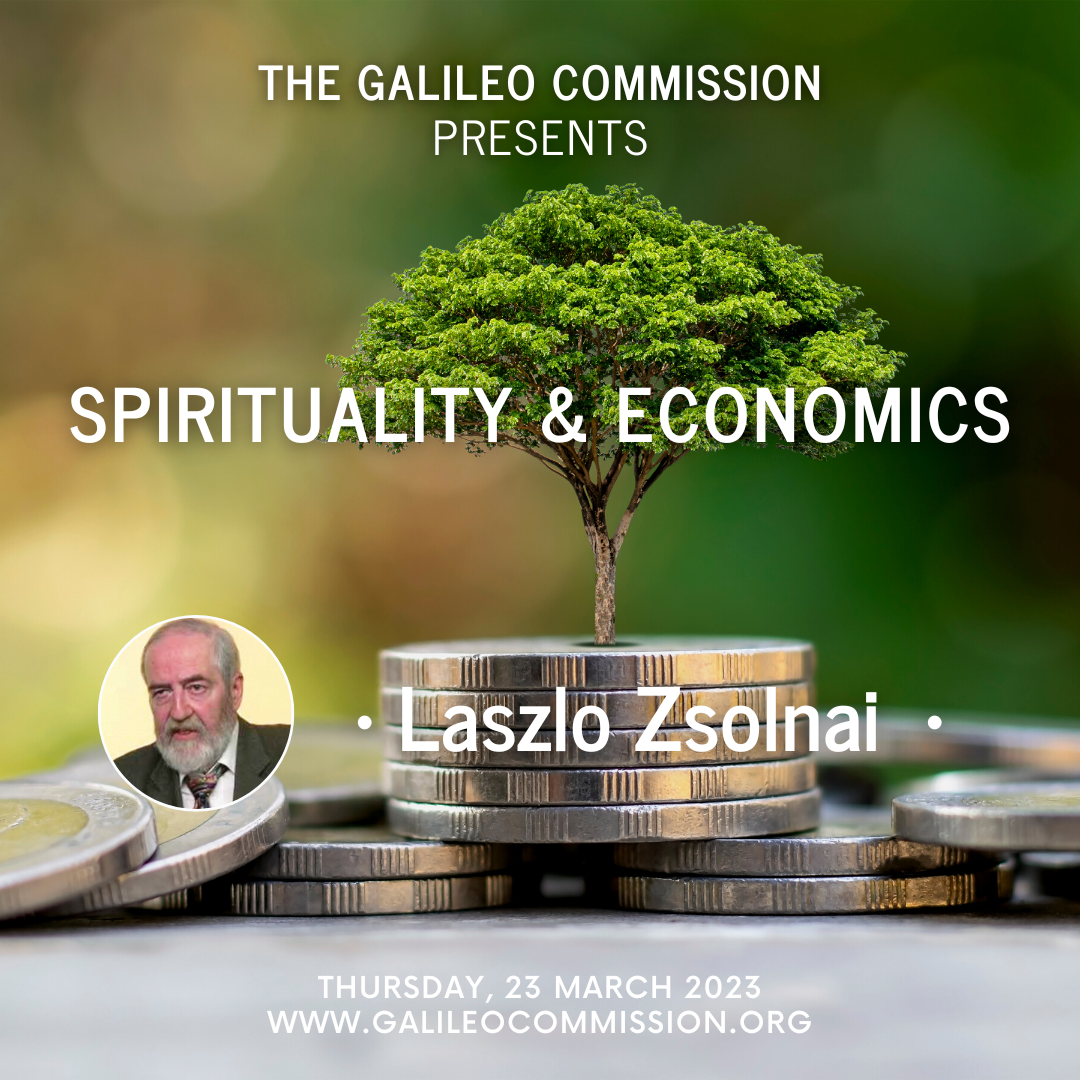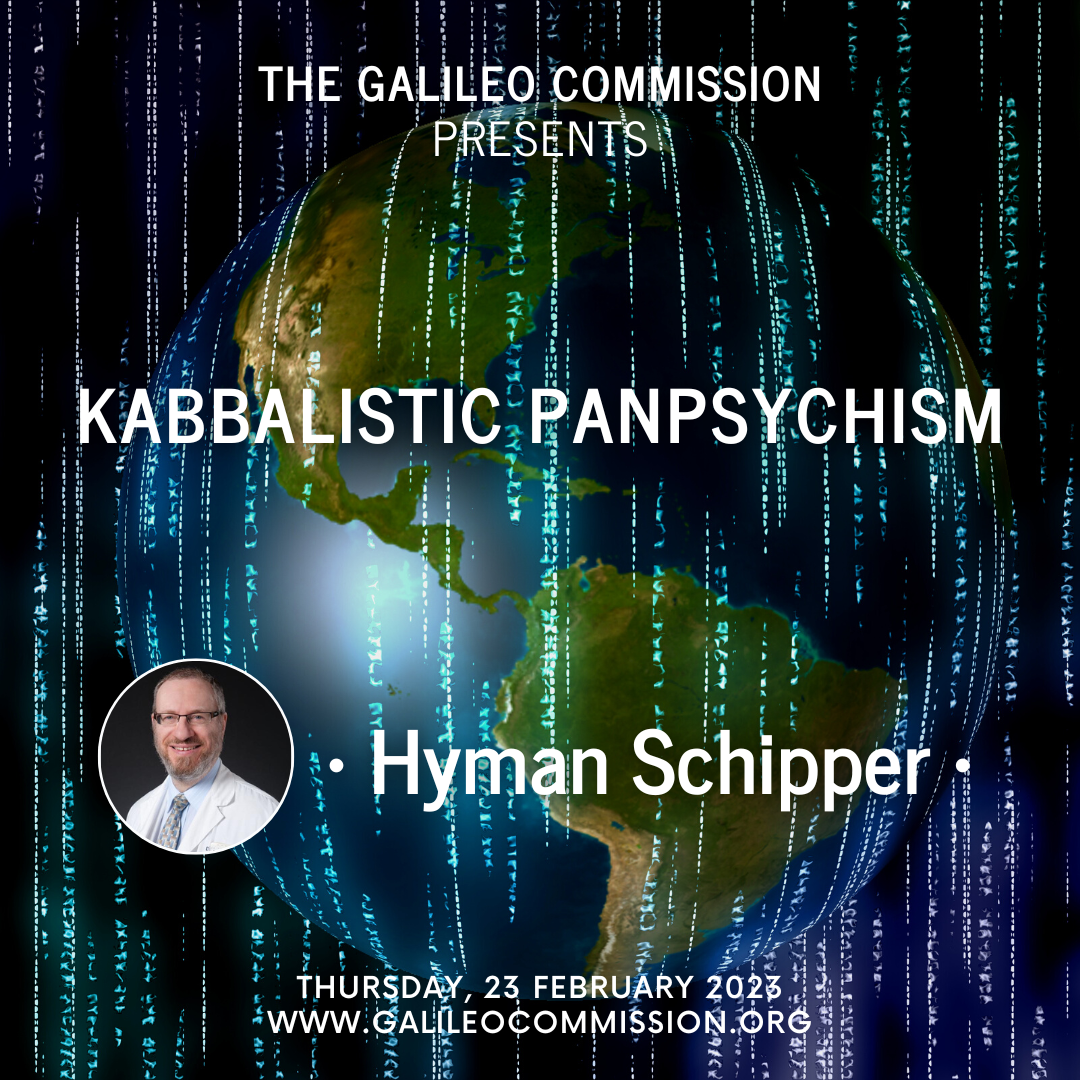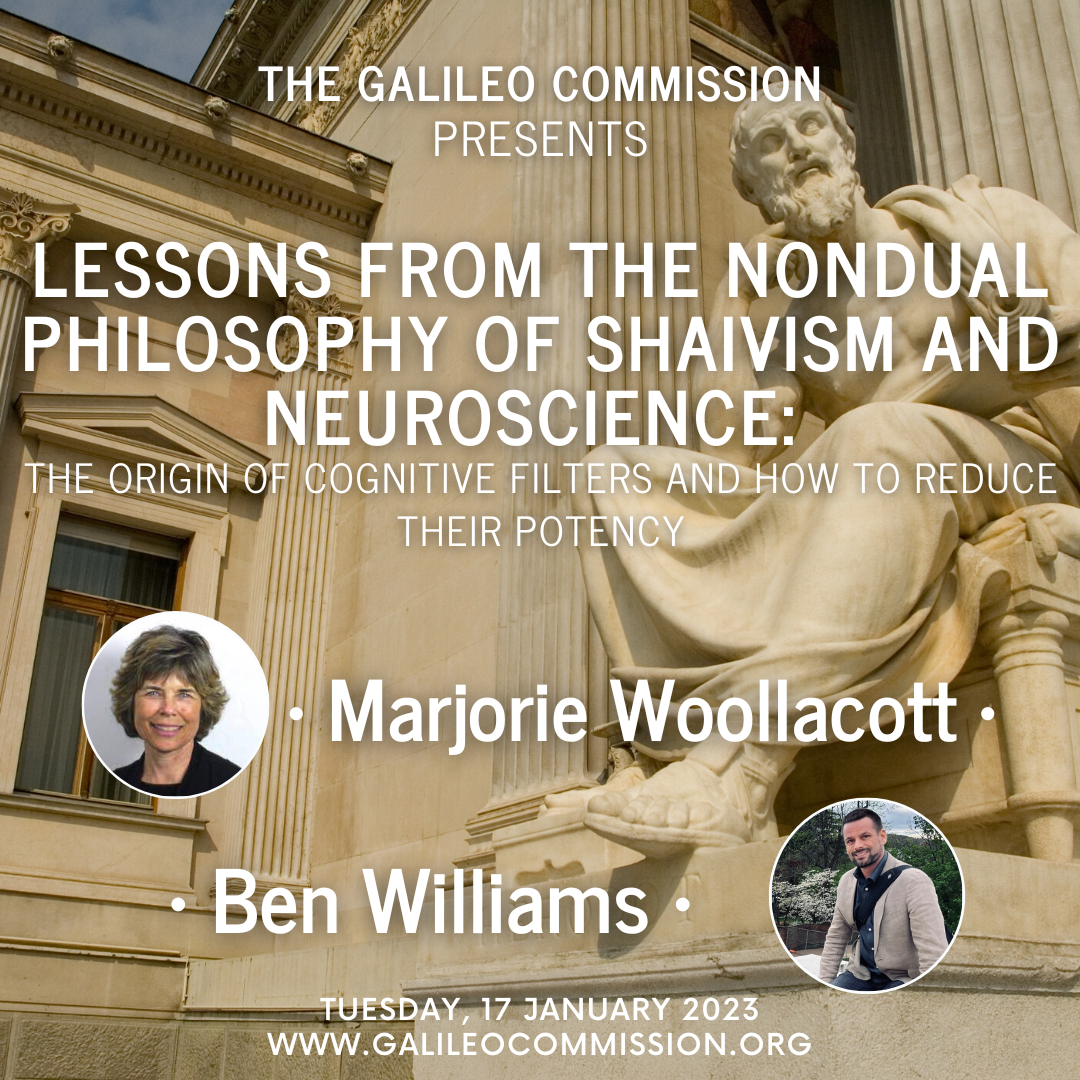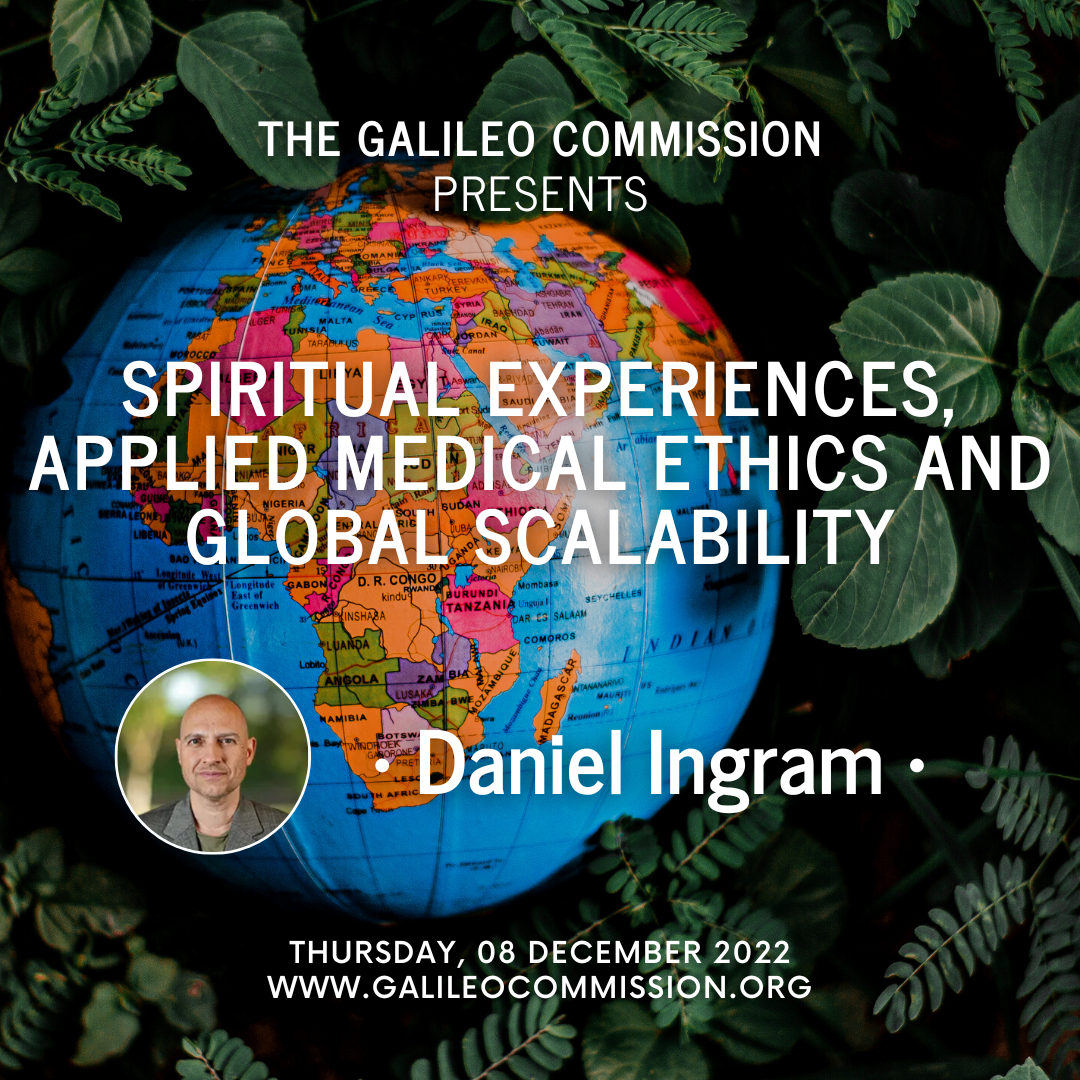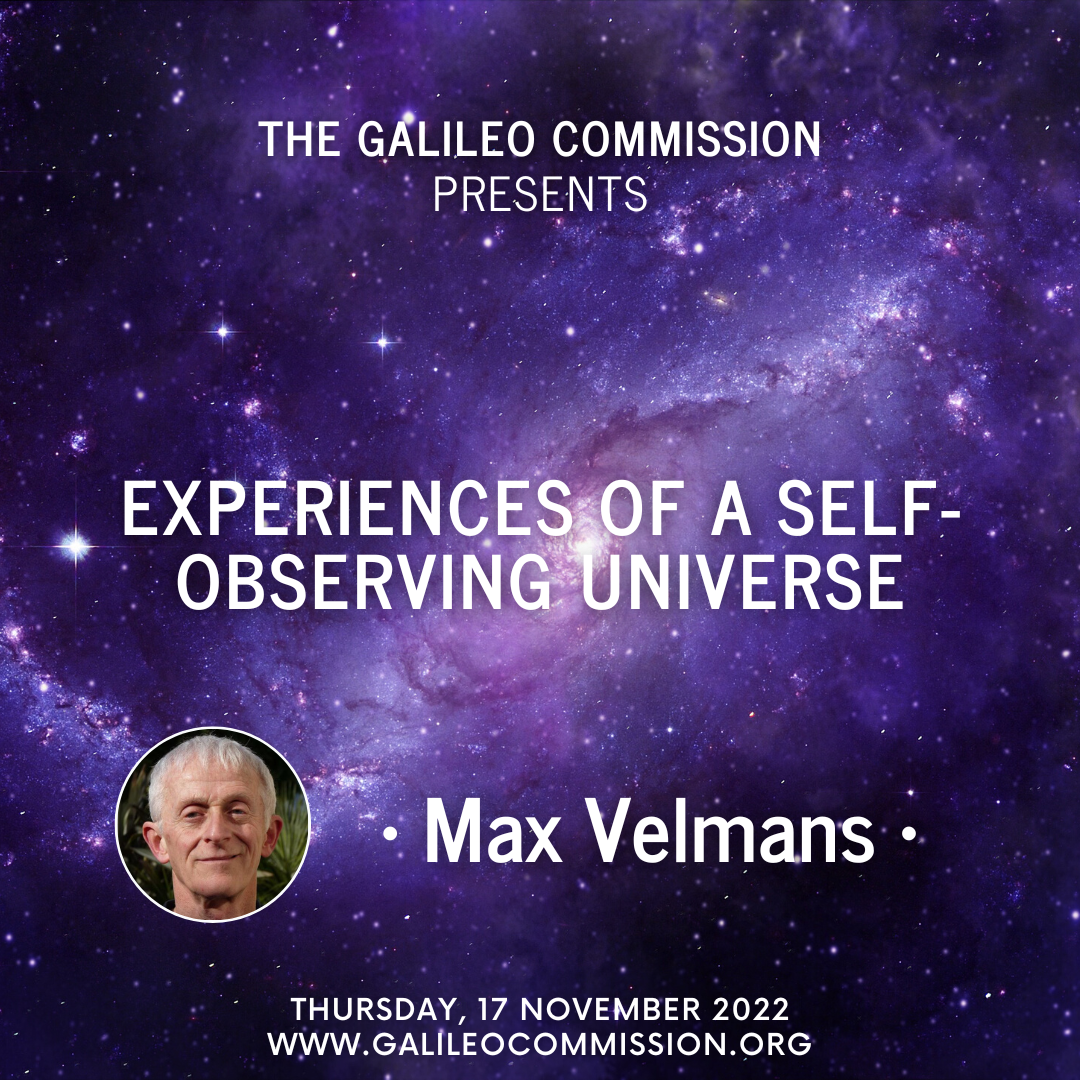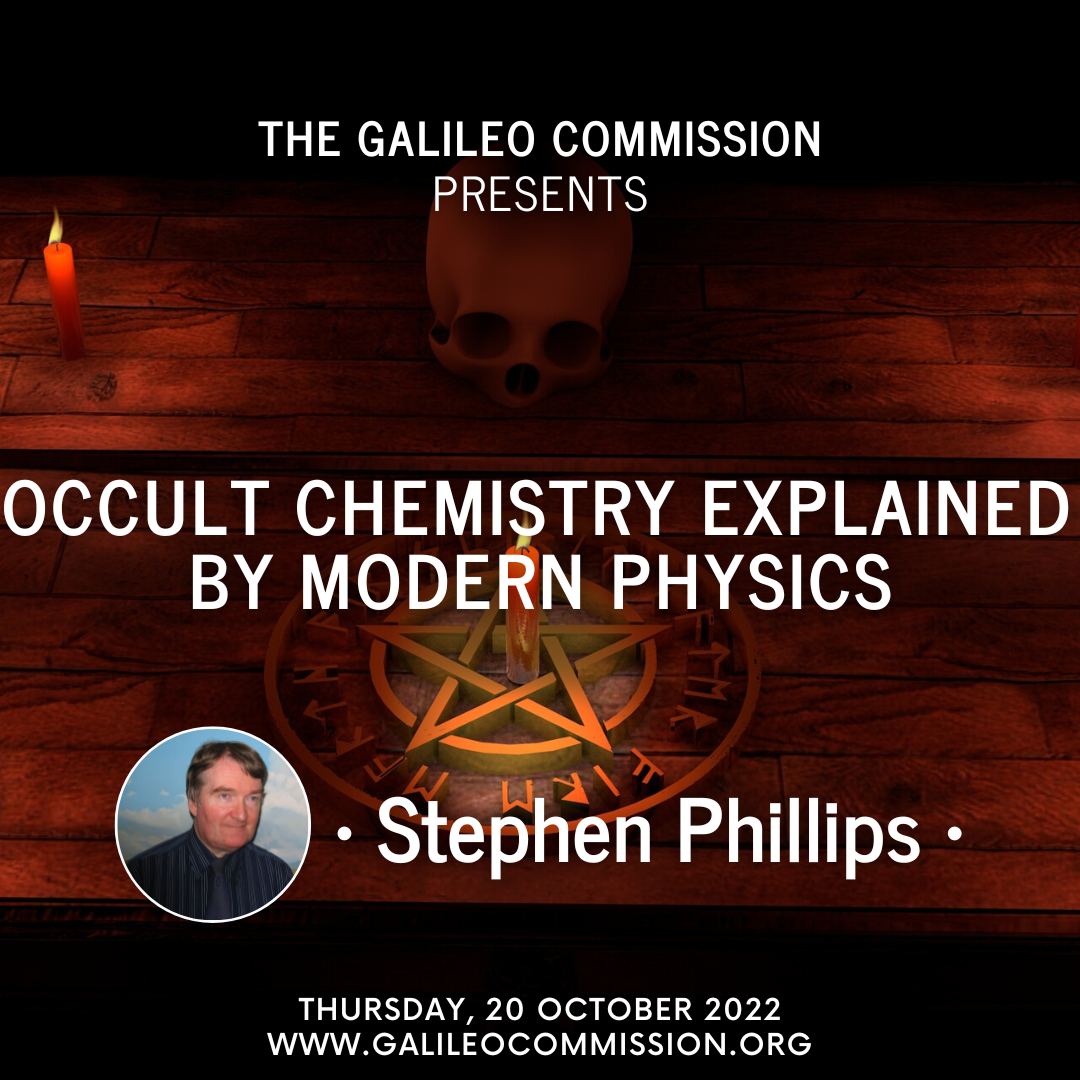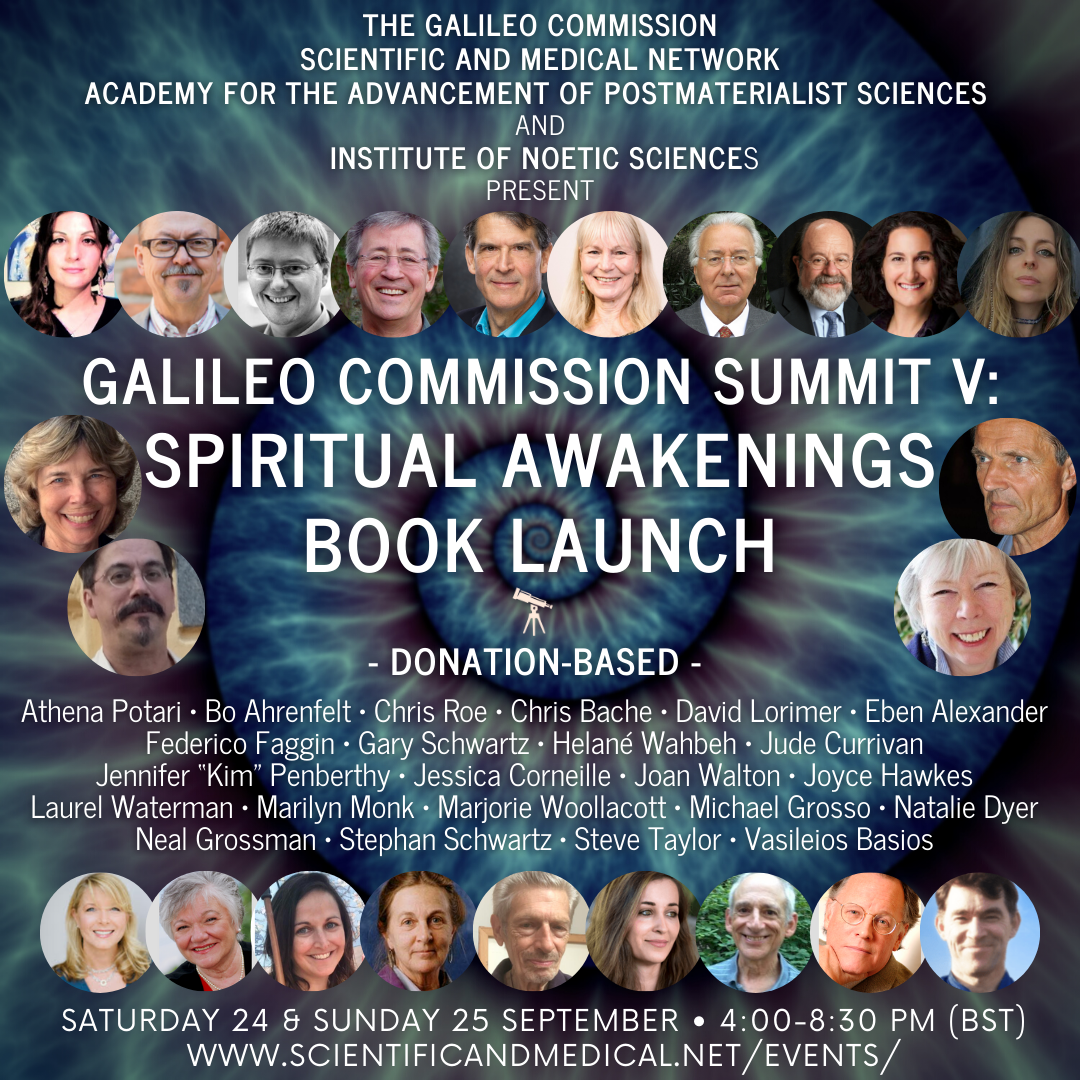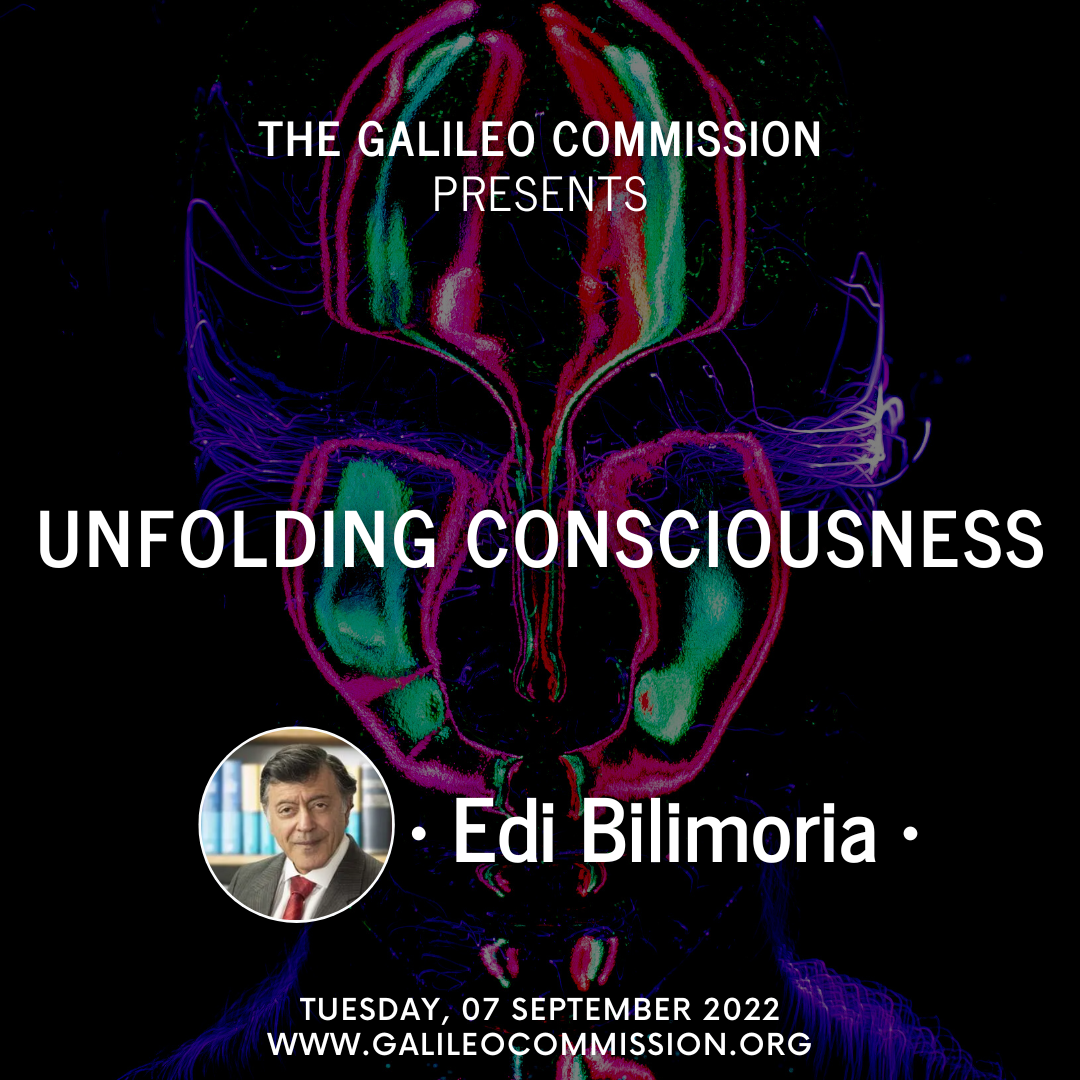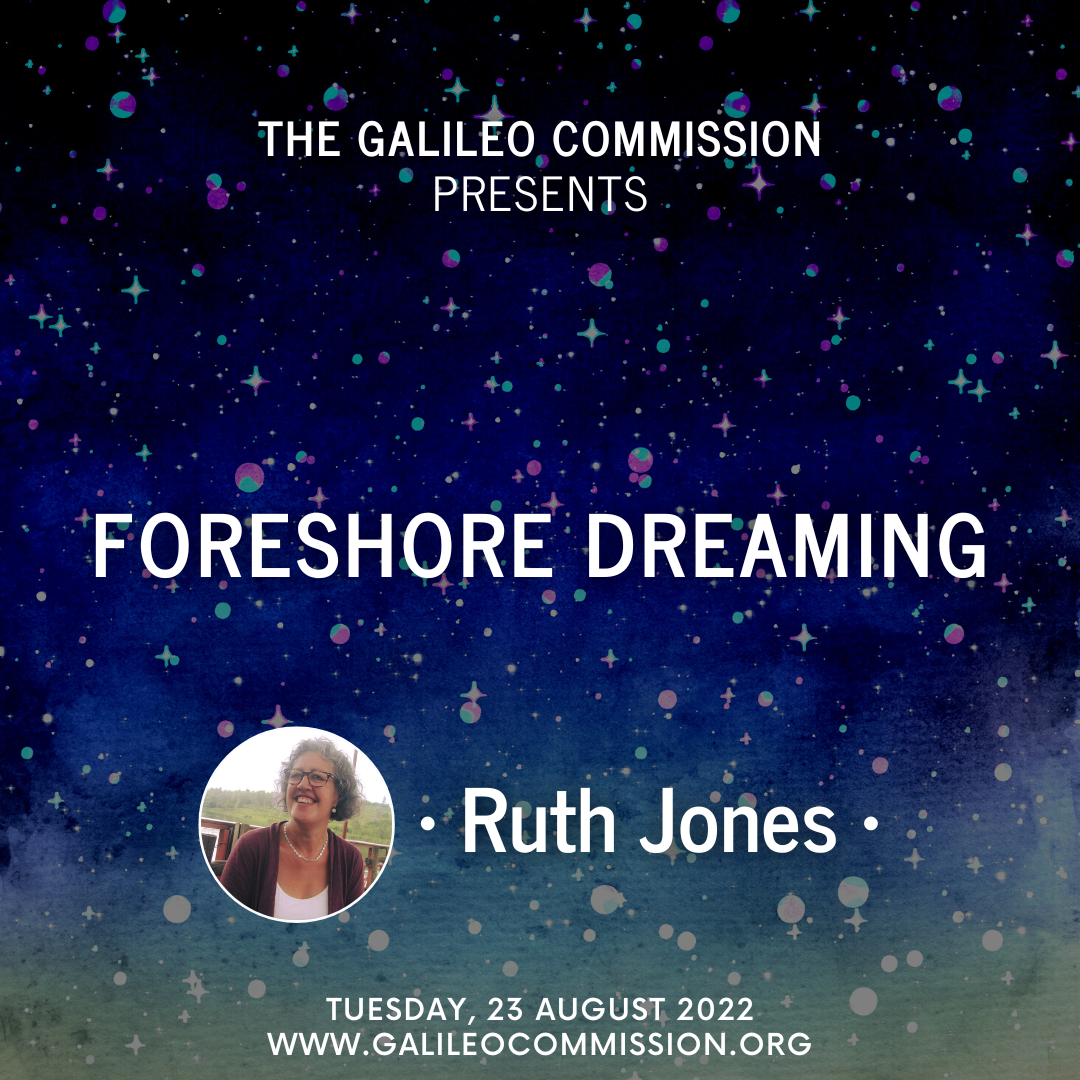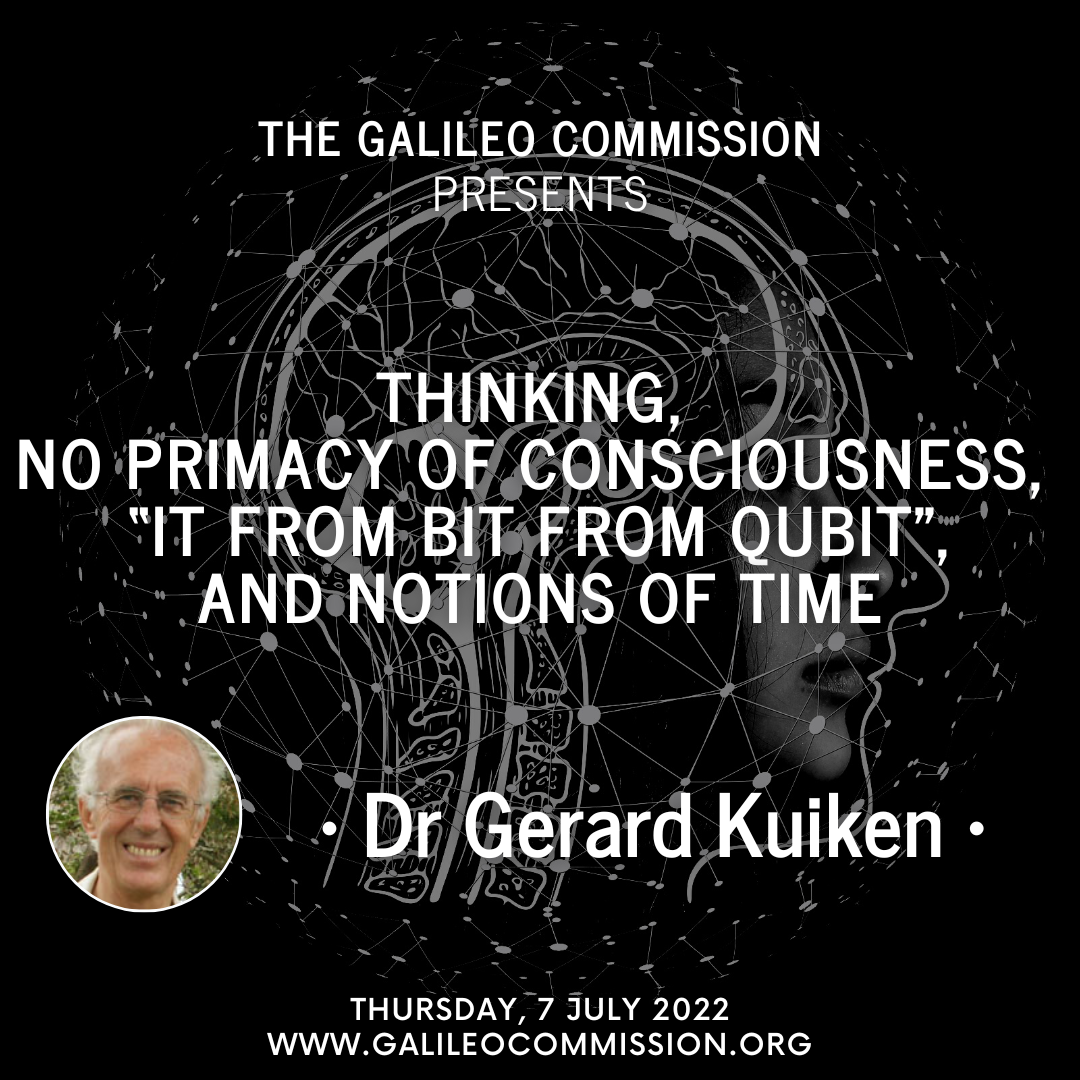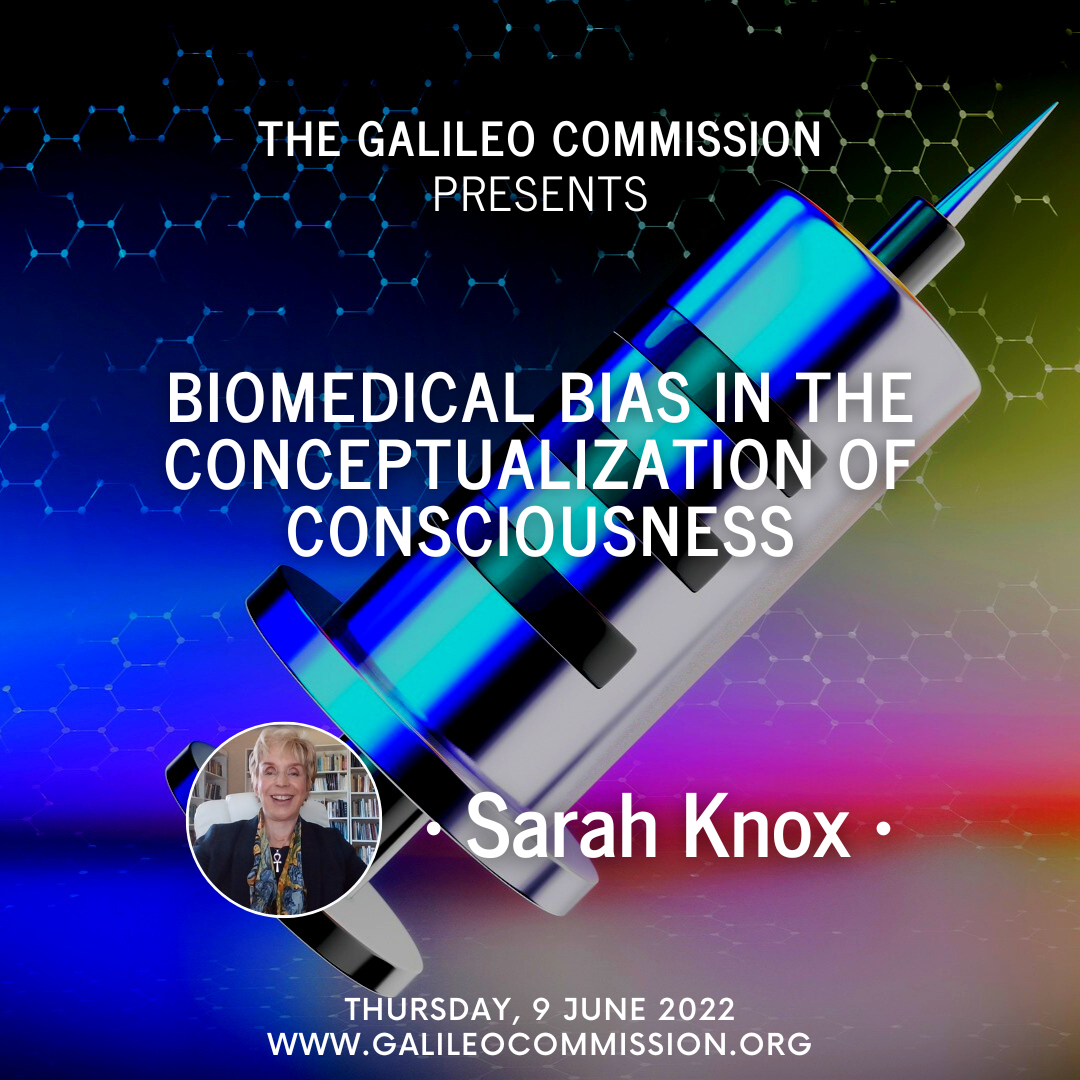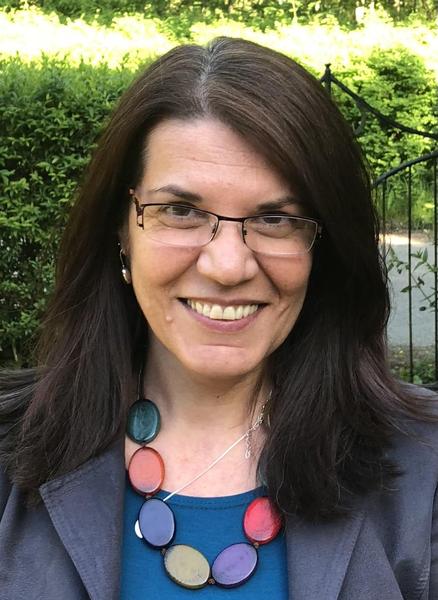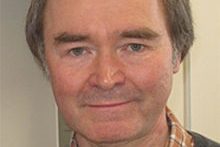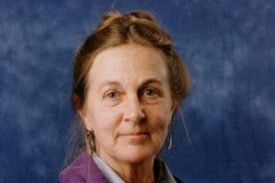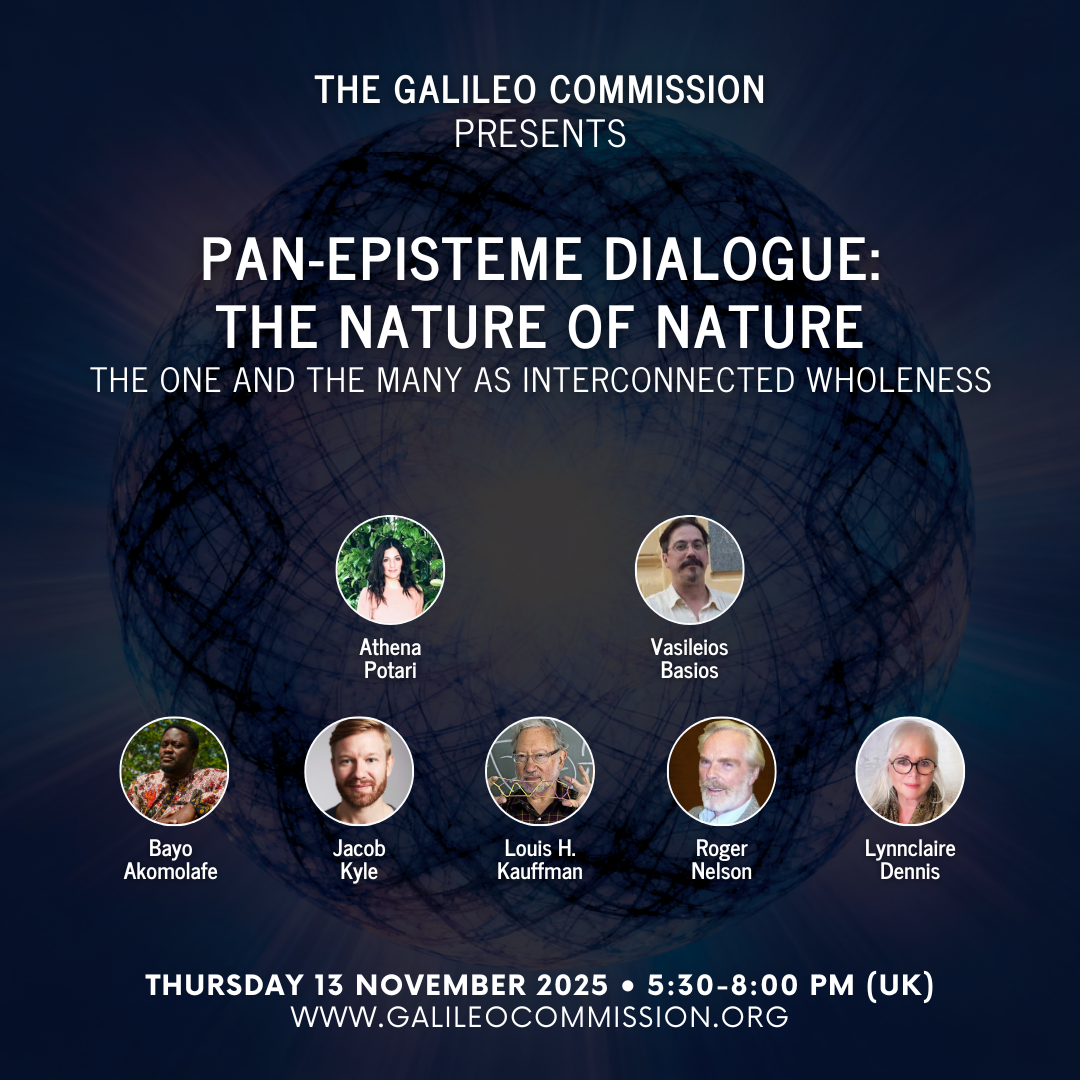The Science of Divinity – A. K. Mukhopadhyay
The world has been taking a new turn. Humanity has been crossing the threshold to emerge as Homo spiritualis! Spiritual quest of a large number of scientists has been taking the science beyond materialism; science with space time matter and visible energy. Galileo Commission of Scientific and Medical Network, UK has been working hard to extend the scope of science by extending its horizon, by pushing the envelope.
Recognising the Matrix of Consciousness – Stephan Schwartz
From the perspective that all consciousness is interconnected, and interdependent, wellbeing is the most desirable social outcome. Simply put, the function of the state should be to foster wellbeing from the individual, to the family, the community, and the earth itself, and all the creatures on it, because as I said, it is more productive, more efficient, easier to implement, nicer to live under, and much cheaper.
Countering degradation rituals in science – S. Thérèse & B. Martin
When the work and reputation of scientists suffer ritual degradation, a range of tactics can be deployed to resist and rework the psychological and social impacts. Five key resistance tactics to degradation in science are revealing degradation rituals, redeeming the reputation of the targeted scientist, reframing the degradation as unfair, redirecting attention to other domains, and refusing to cooperate with the rituals.
Cosmosapiens
10 years in the making, this tour de force is a critical examination of scientific theories and evidence - systematic observation or experiment - about the origin and evolution of matter, life, consciousness and humankind. As such, it could scarcely be more ambitious, but the result is a triumph of detailed conceptual analysis covering the fields of fundamental cosmology, physics, biology and the evolution of philosophical and religious ideas.
Beyond Matter: Why Science Needs Metaphysics
Here is Roger Trigg at his most incisive and succinct as he returns to his examination of where the limits of the modern scientific enterprise might legitimately lie. He makes a clear and persuasive case for the validity of explanations in metaphysics, ethics, and theology, against both the reductive stance we have inherited (through various permutations) from positivism and the abnegation of universal truth claims of post-modernism.
Belonging to God
The book is grounded in inter-spirituality and endorsed by Ravi Ravindra with its deeper exploration of the spiritual transformative journey, which is the primary purpose of religion – hence the term interspiritual rather than interreligious dialogue.
World Wide Wave of Wisdom – Larry Culliford, 2018
Put simply, wisdom is the knowledge of how to be and behave for the best for all concerned in any given situation. The 'WWWOW' is conceived of as a free, natural movement, rather than an organization. What follows is the reasoning behind these assertions.
About the Continuity of Consciousness – van Lommel, 2018
The question is: How can scientific research on NDE help us to understand more about the mystery of the mind-brain relationship? By asking this and other questions about consciousness my interest started in NDE research.
Some thoughts about the future of scientific observation – Tibbs, 2018
But there is another realm of human experience. In addition to experience of an “outside world” there is experience of an “interior world”. This interior experience consists of phenomena such as thoughts, emotions, memories, dreams and perceptions.
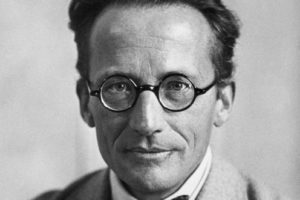
– Erwin Schrödinger
– Prof David Bohm
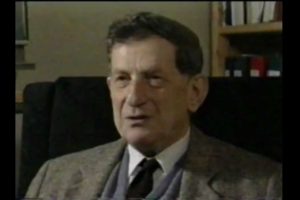
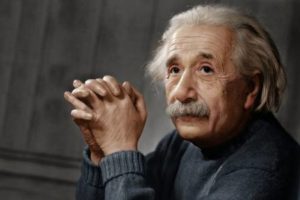
– Albert Einstein
Click on any event to view the recordings as well as event details
